We decided to dedicate the last day of our Sophian journey to Plovdiv, going there in the morning and returning in the afternoon.
This idea was suggested by Slavyan during the Free Sofia Tour. Plovdiv is easily reachable by bus departing from the Sofia Bus Station. The direct trip takes two hours and costs 14 leva (€7).
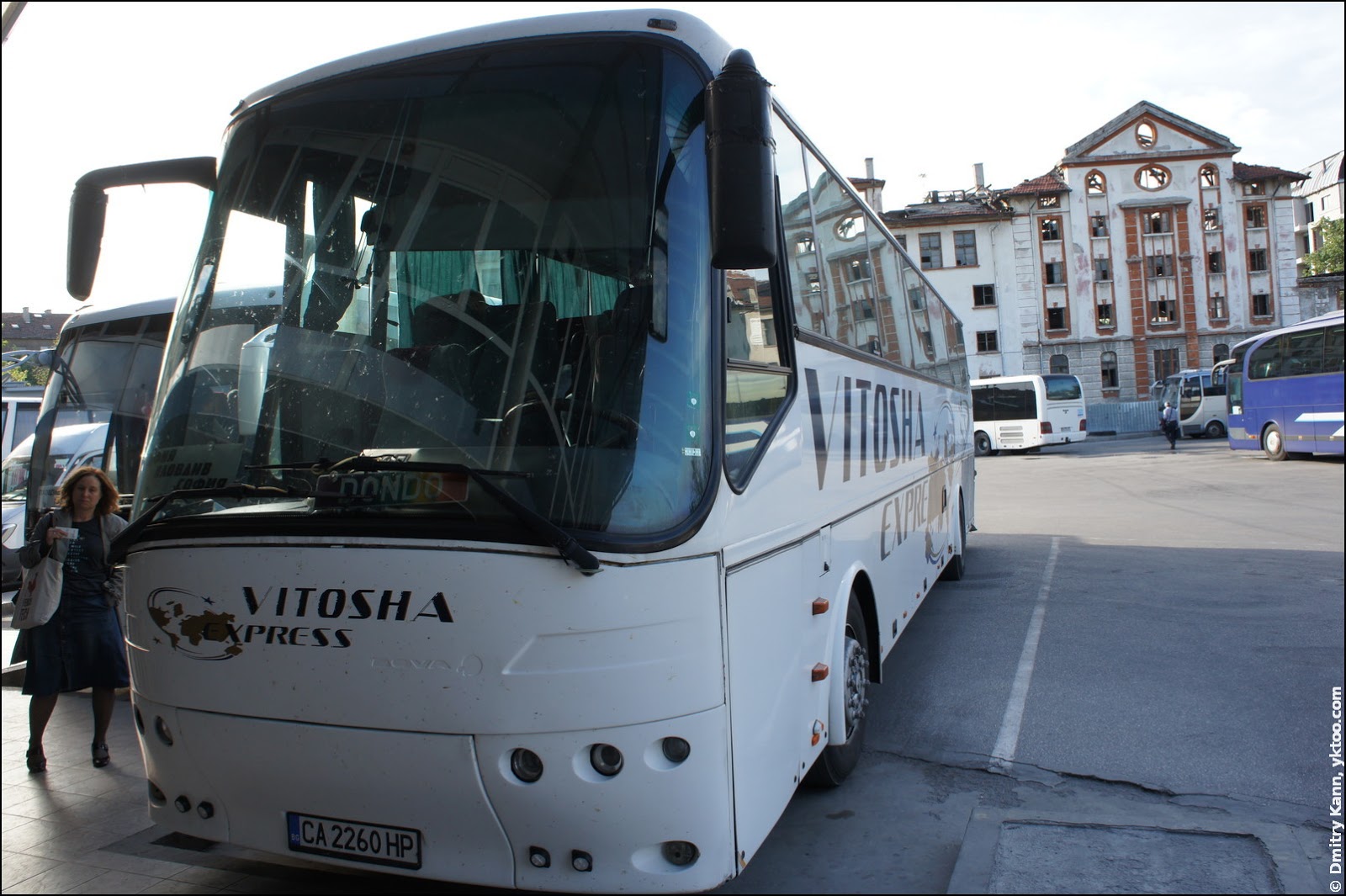
European Capital of Culture
Plovdiv is the second largest Bulgarian city with 370 thousand people. For some unknown reason it was selected as the European Capital of Culture of 2019, which fills the inhabitants with pride.
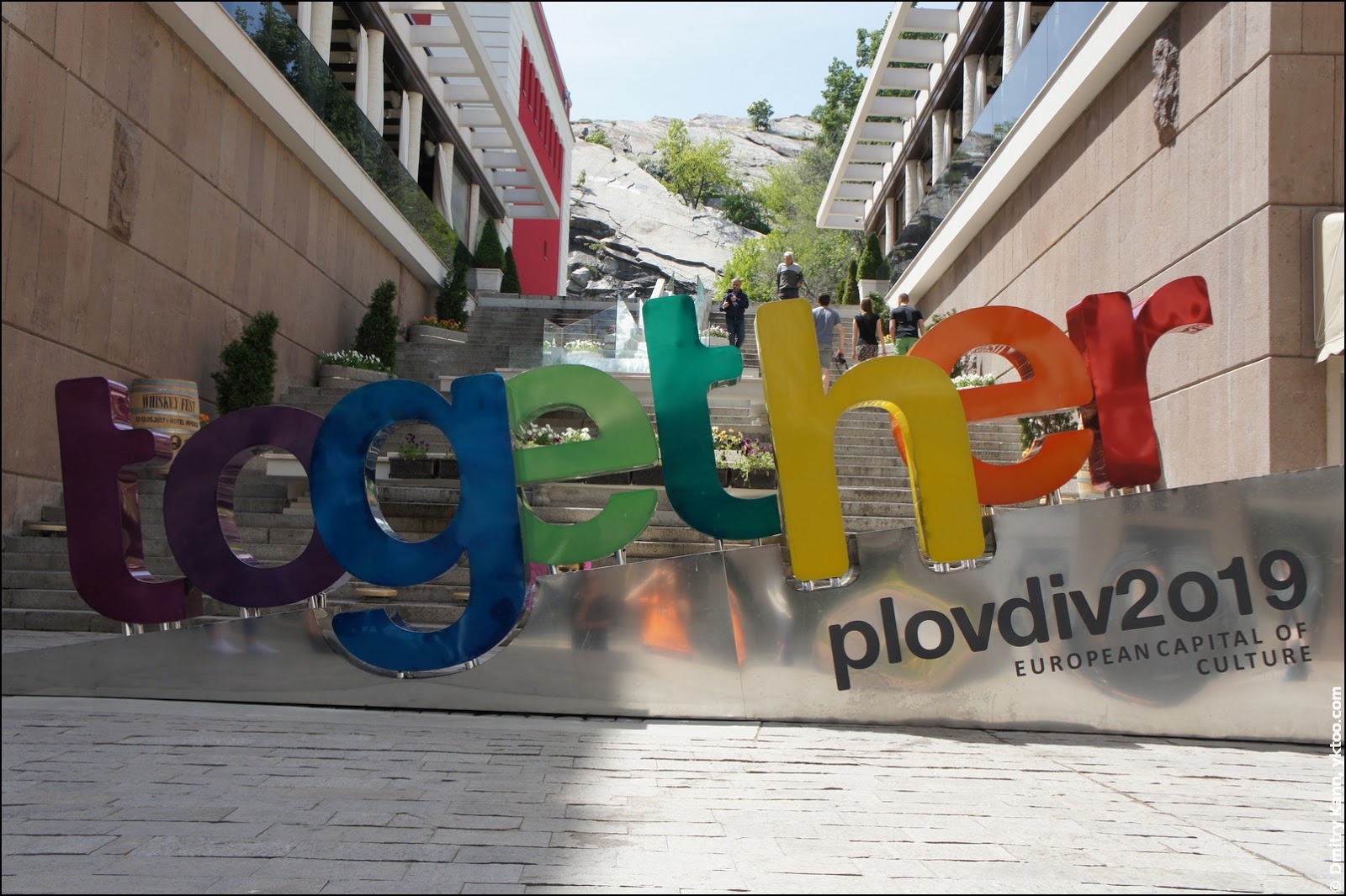
Everywhere in the downtown you see posters reminding passers-by of this big luck of the small Bulgarian city.
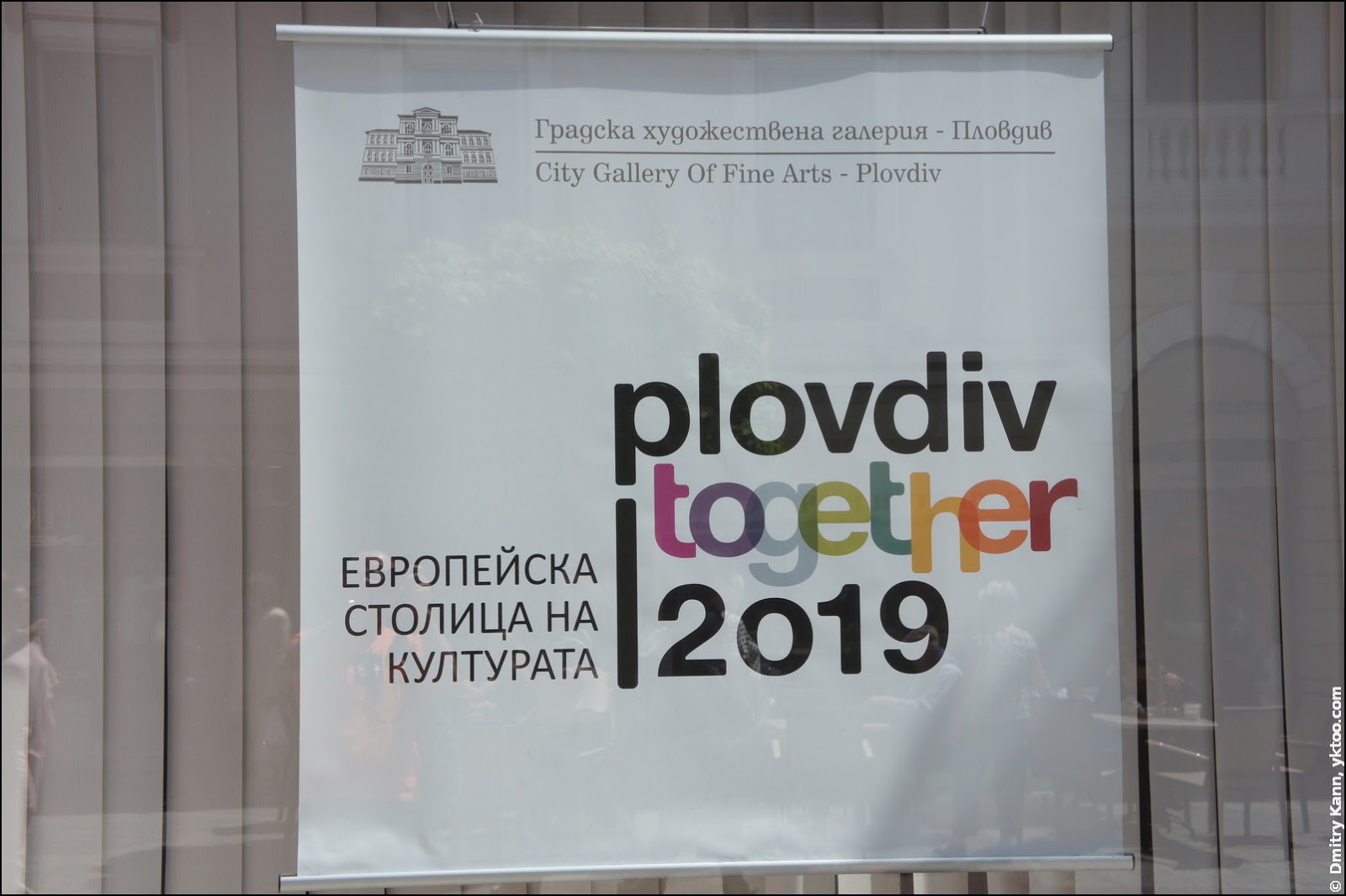
These spectacular buildings right next to the city centre make it even more surprising:
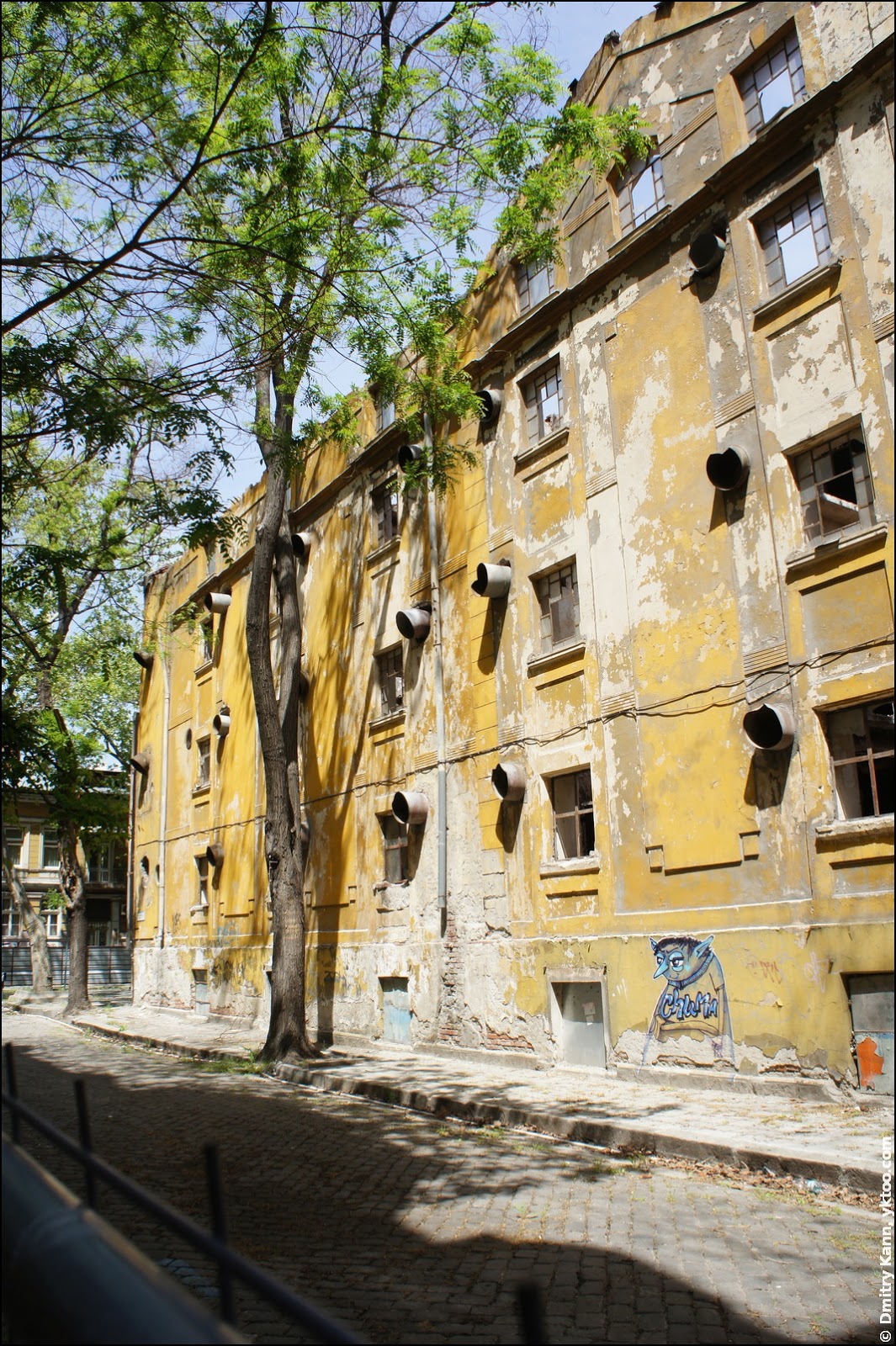
I do hope these horrific artifacts will be pulled down by 2019.
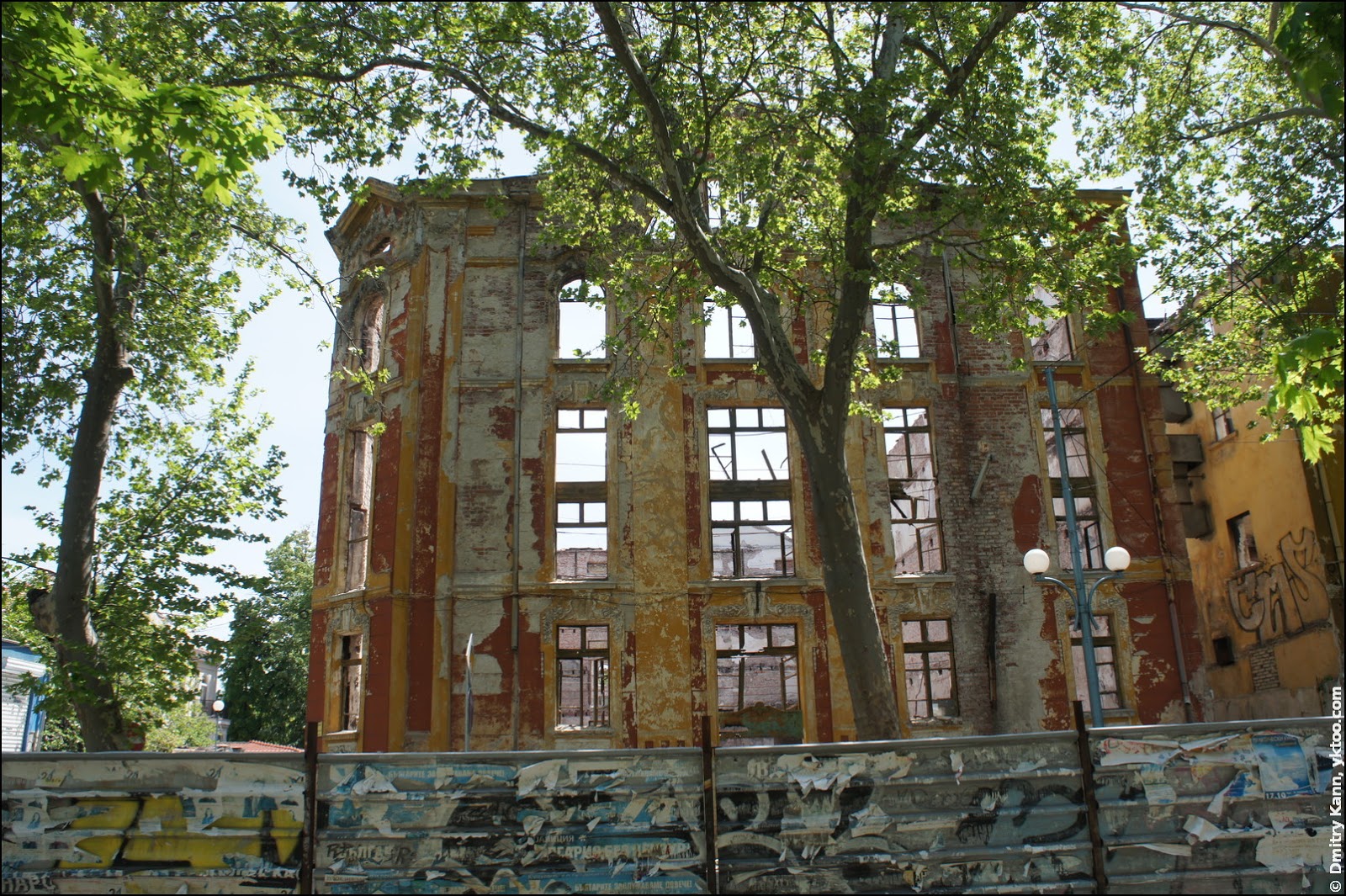
These mannequins seemingly tend to run away:
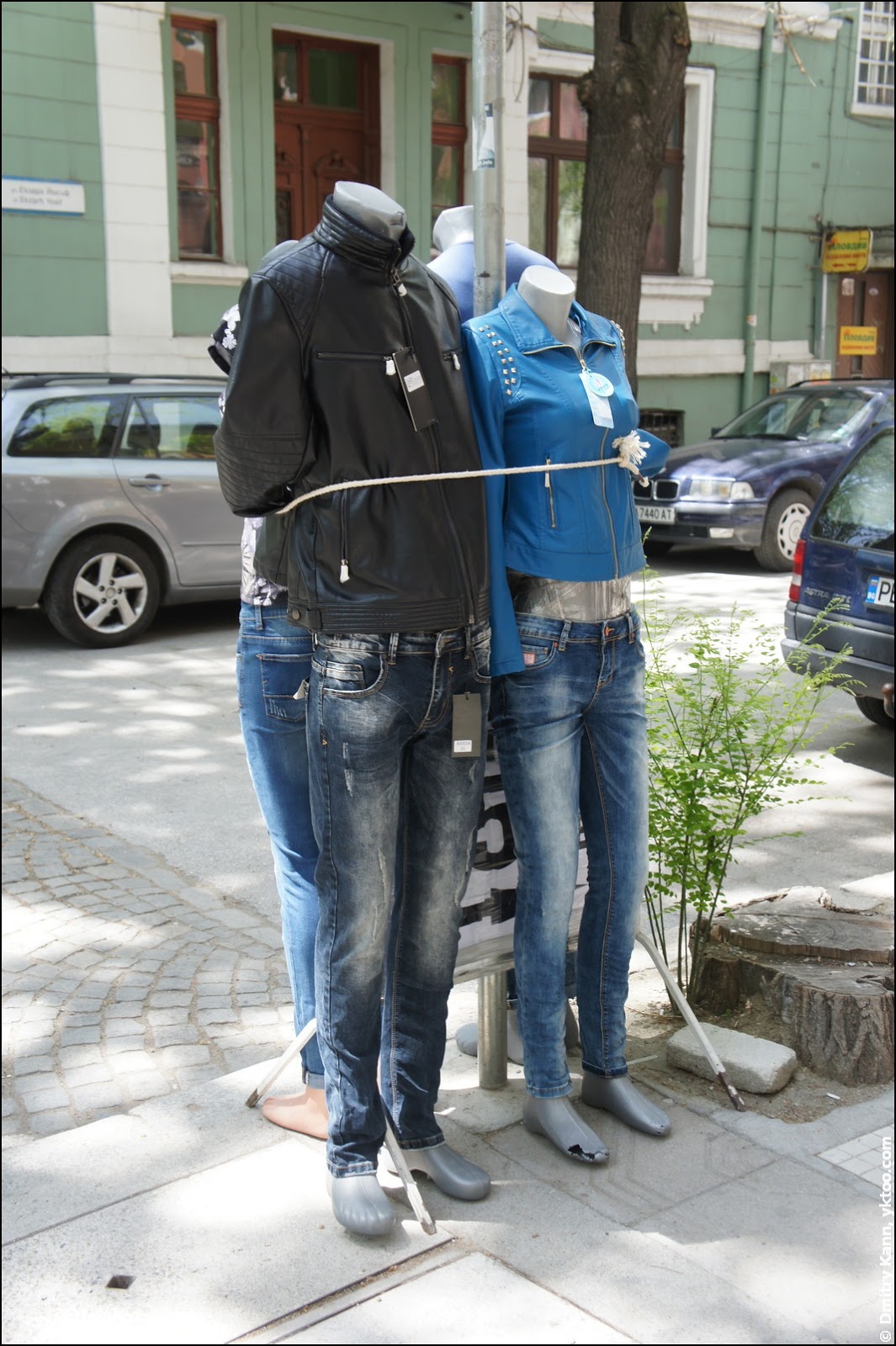
Fountains!
Plovdiv loves fountains, just like Sofia does.
This large pool is called the Singing Fountains:
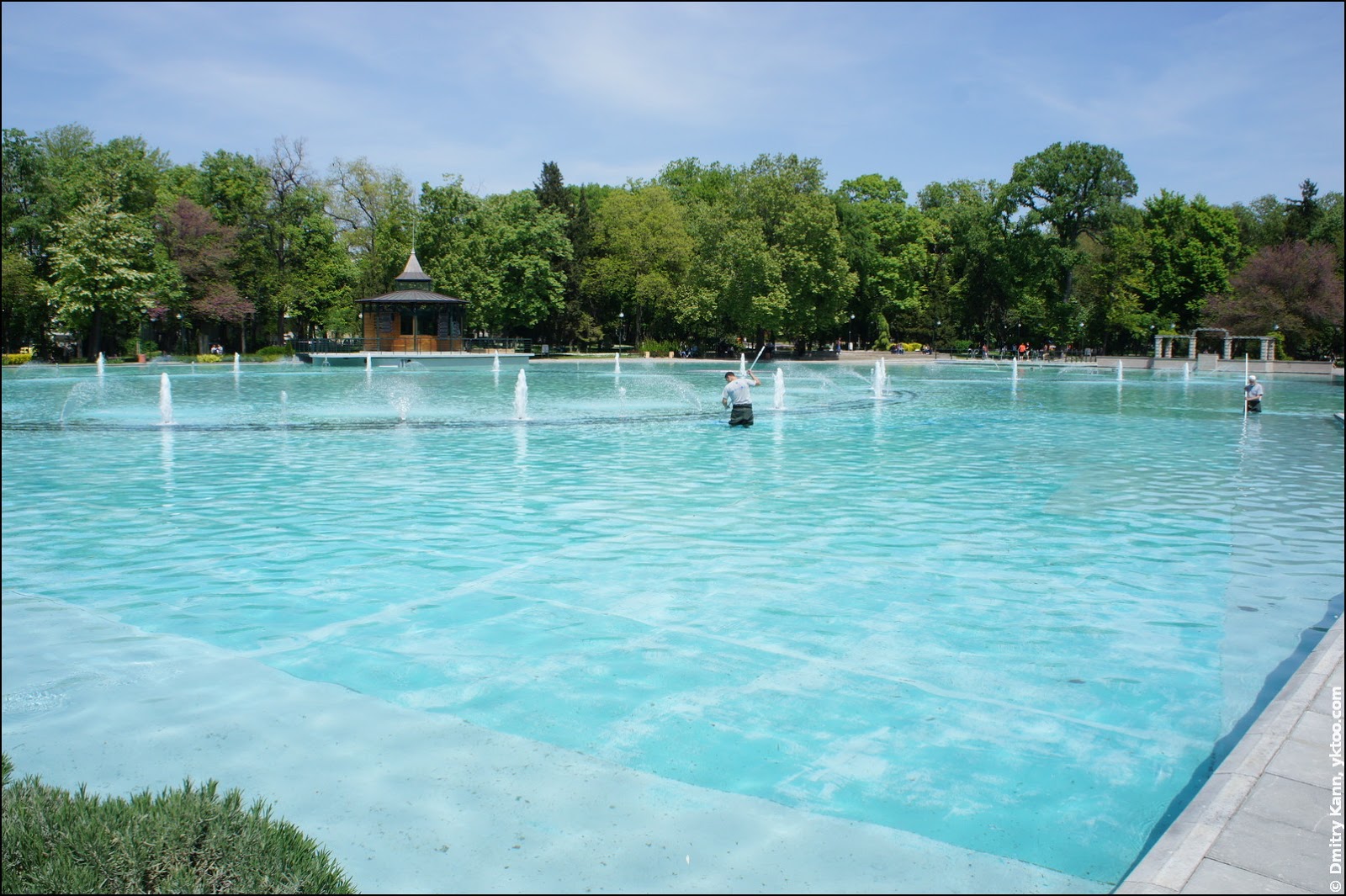
Unfortunately, we couldn’t witness them singing as they only operate starting 21:30 and only Thursday till Saturday. But reportedly, it’s beautiful.
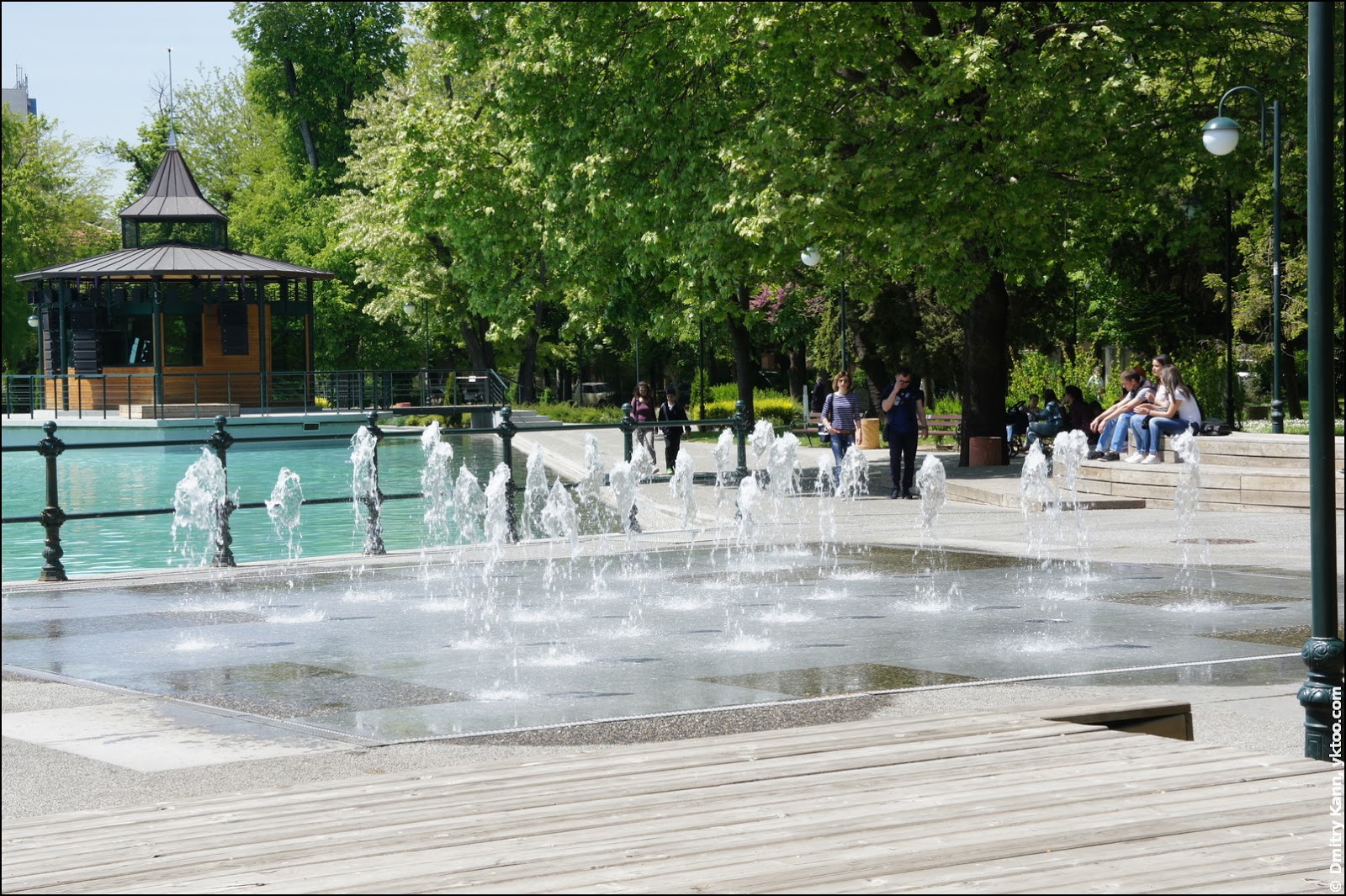
Another impressive fountain is located in front of the City-Hall:
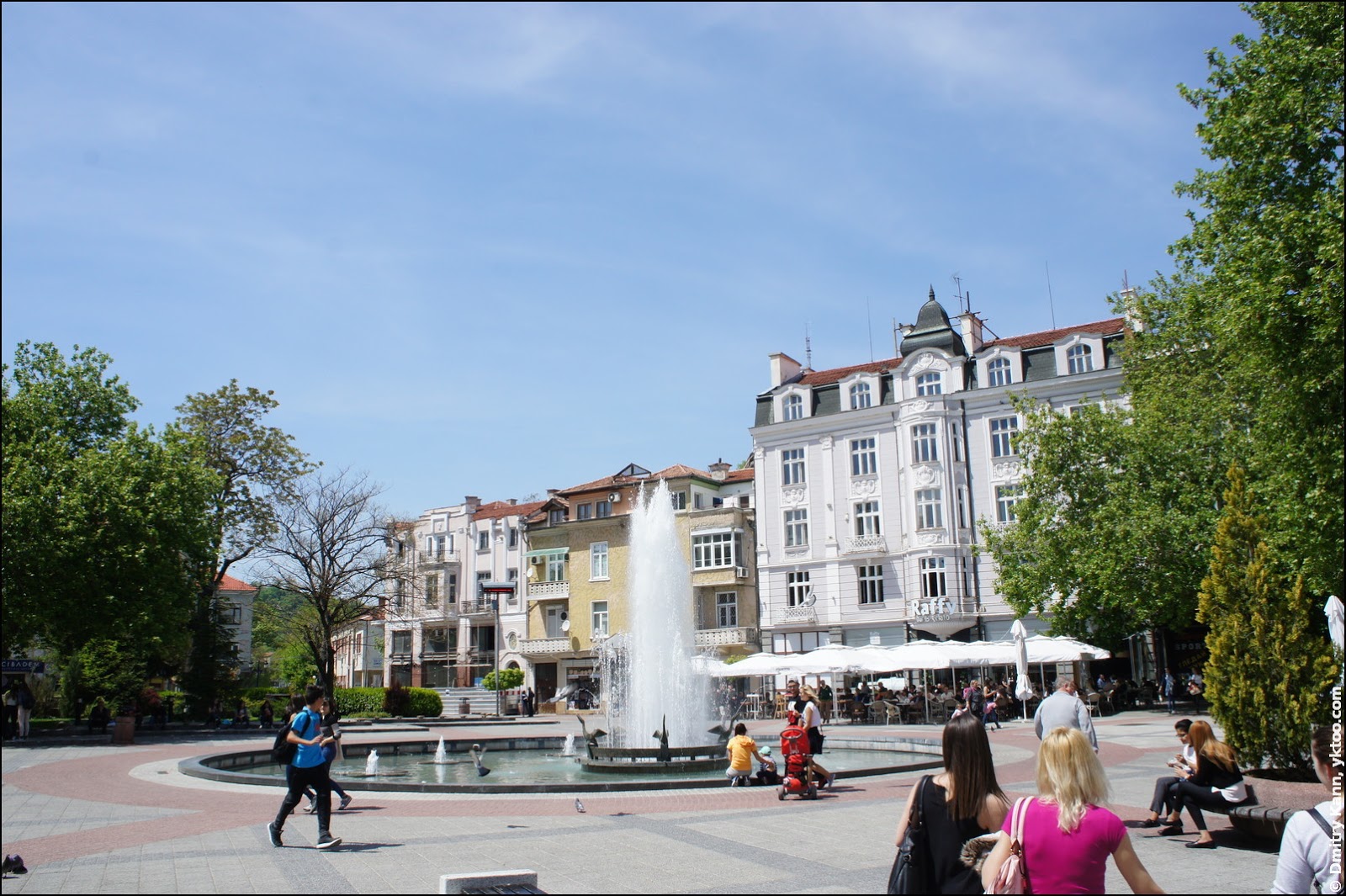
Free Plovdiv Tour
We came to the centre with a specific goal in mind. We were told about a free guided tour similar to the Sofian one, which was called Free Plovdiv Tour. Likewise it’s also two hours long and is held twice to three times a day.
The tour starts at the above fountain, right in front of the City-Hall (Община in Bulgarian):
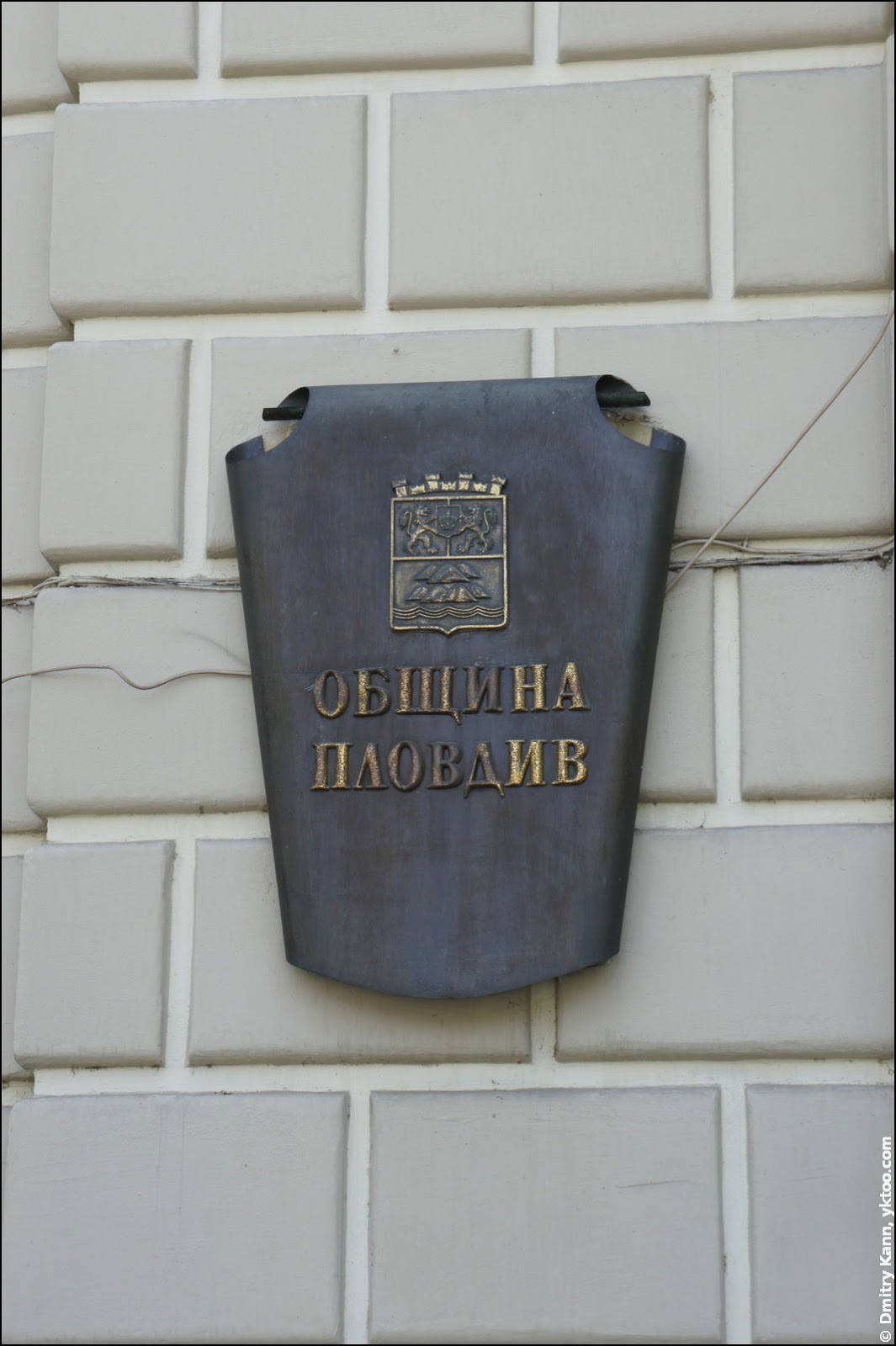
Our guide was an enthusiast historian and a student Ilia Iliev. Here he is telling us about a mascot of Plovdiv, the feeble-minded yet benevolent Milio (Мильо), in the old days known to the whole city:
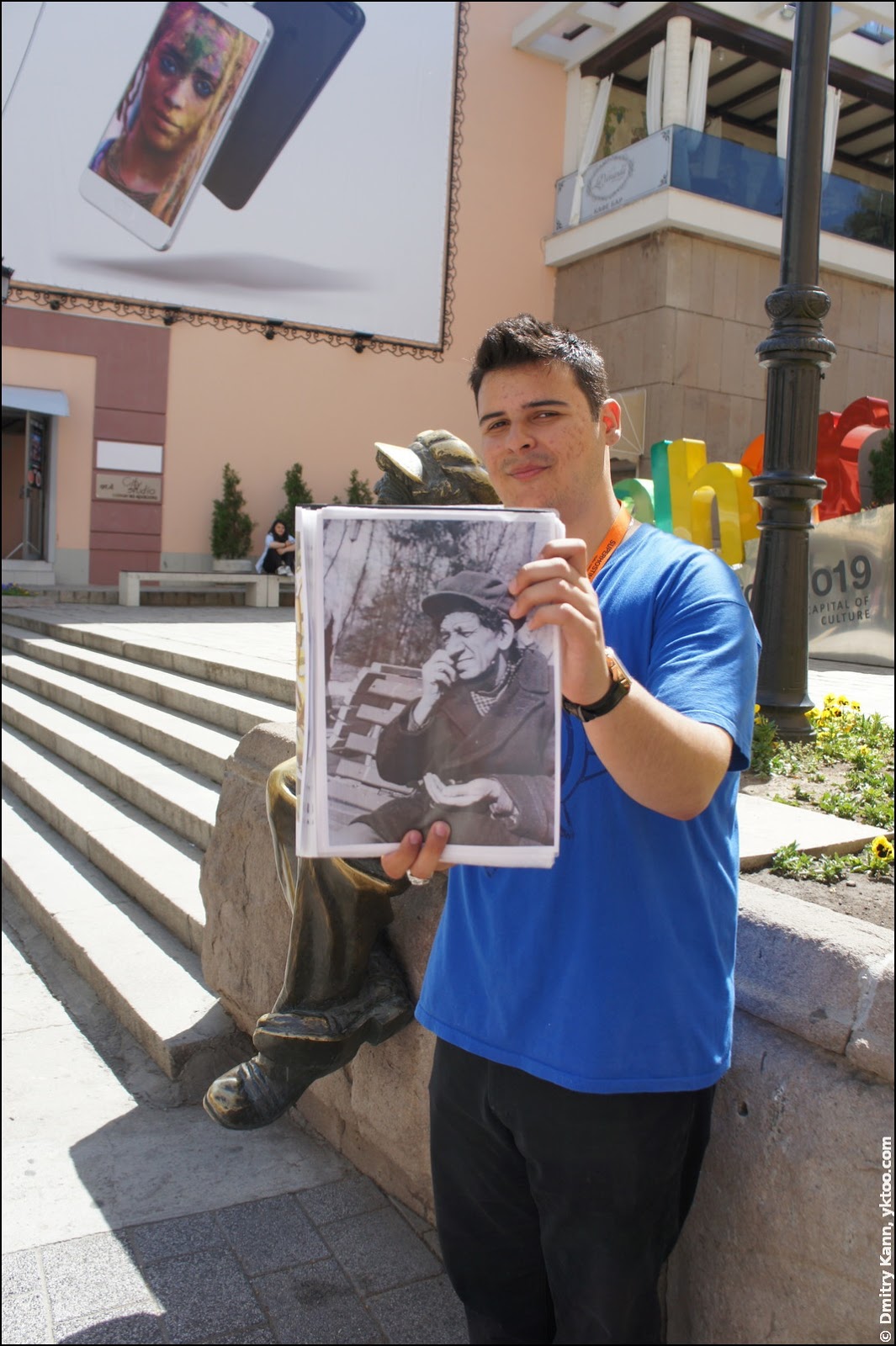
Milio died from pneumonia in 1984, in poverty, and was commemorated in 2000’s with a monument set at the same place he used to sit:
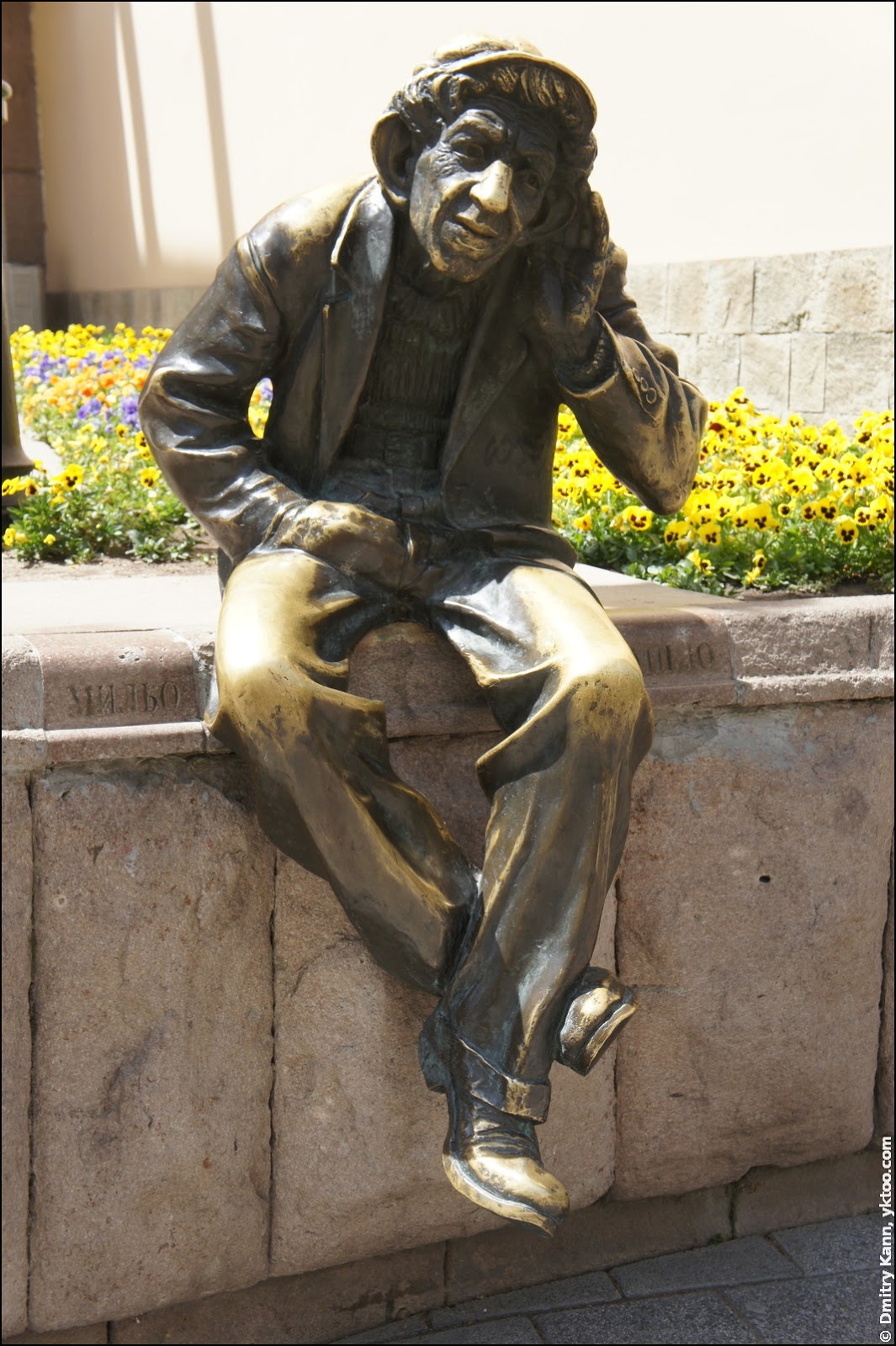
A city legend has it that initially Milio was very clever and could speak languages, but turned mad after “reading too many books.”
Curiously, Plovdiv also has some ancient constructions like Sofia, discovered not so long ago. However, unlike Serdica, they couldn’t have been fully uncovered due to numerous houses on the main street.
One of those constructions is a huge Roman stadium that could accommodate 30 thousand spectators. A scale copy of it is placed at the end of the street:
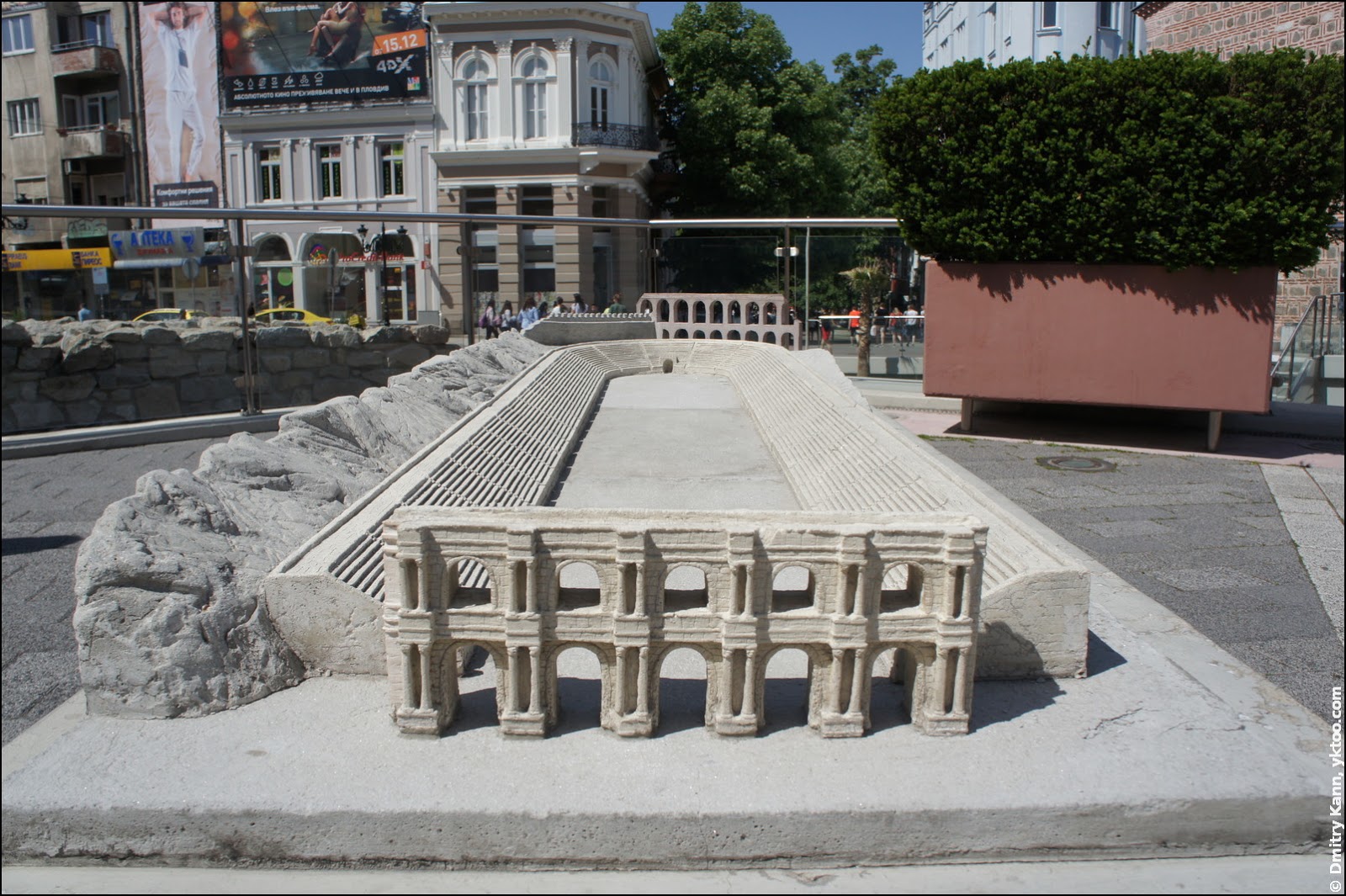
The visible part of the original is limited to its round side, which can be seen via a pit in the street:
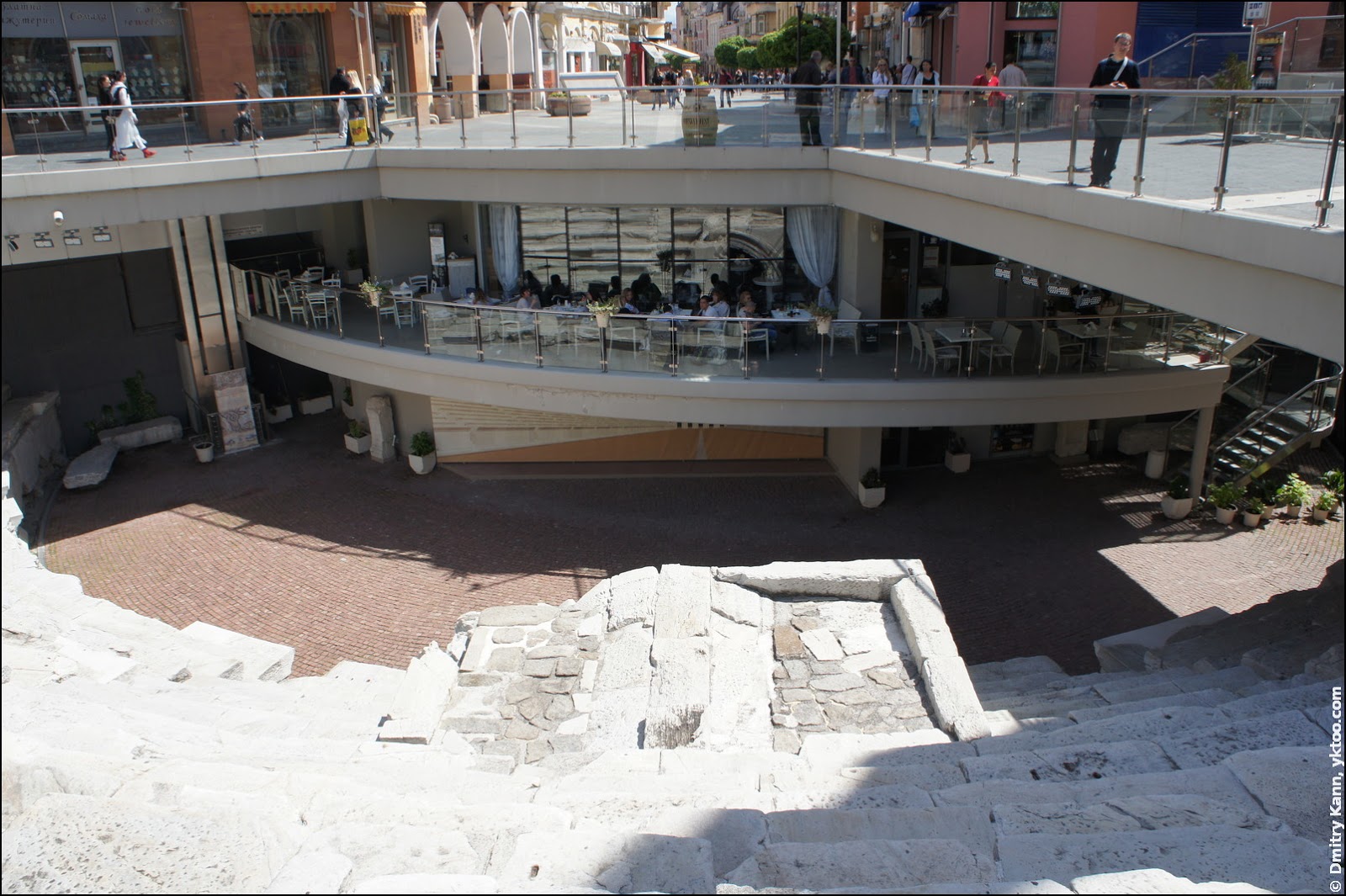
Straight next to it you can see the Dzhumaya Mosque built in 1364, which makes it the oldest mosque in Europe:
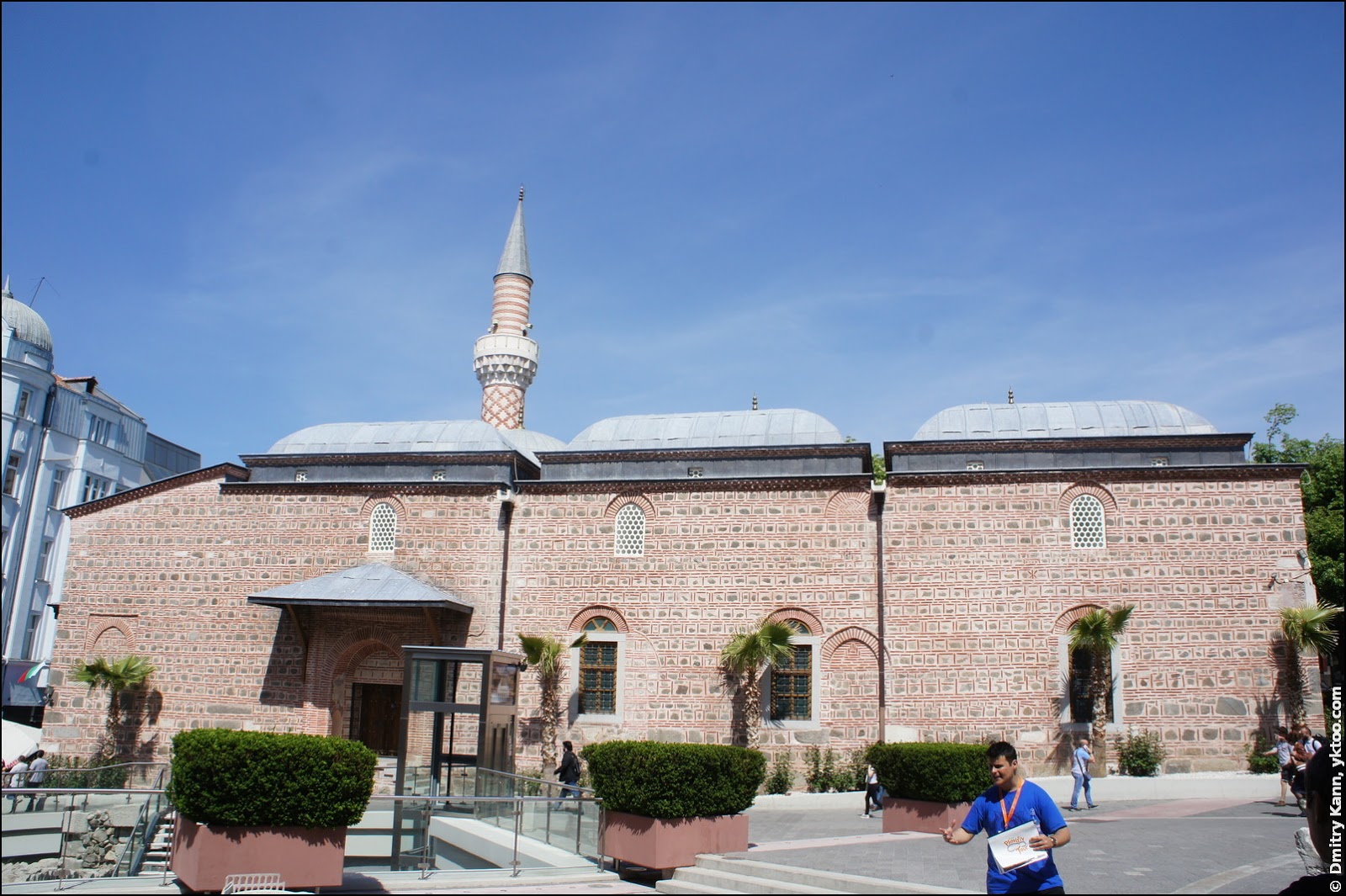
Then we were led into the historic part of Plovdiv (Стария Град, “Old Town”).

The tour audience was presented by tourists from all over the world: there were a Turkish couple, a British couple, an Australian, an Argentinian girl living in Spain etc. And, of course, a couple of Russians living in the Netherlands.
Houses here are a mix of styles and epochs.
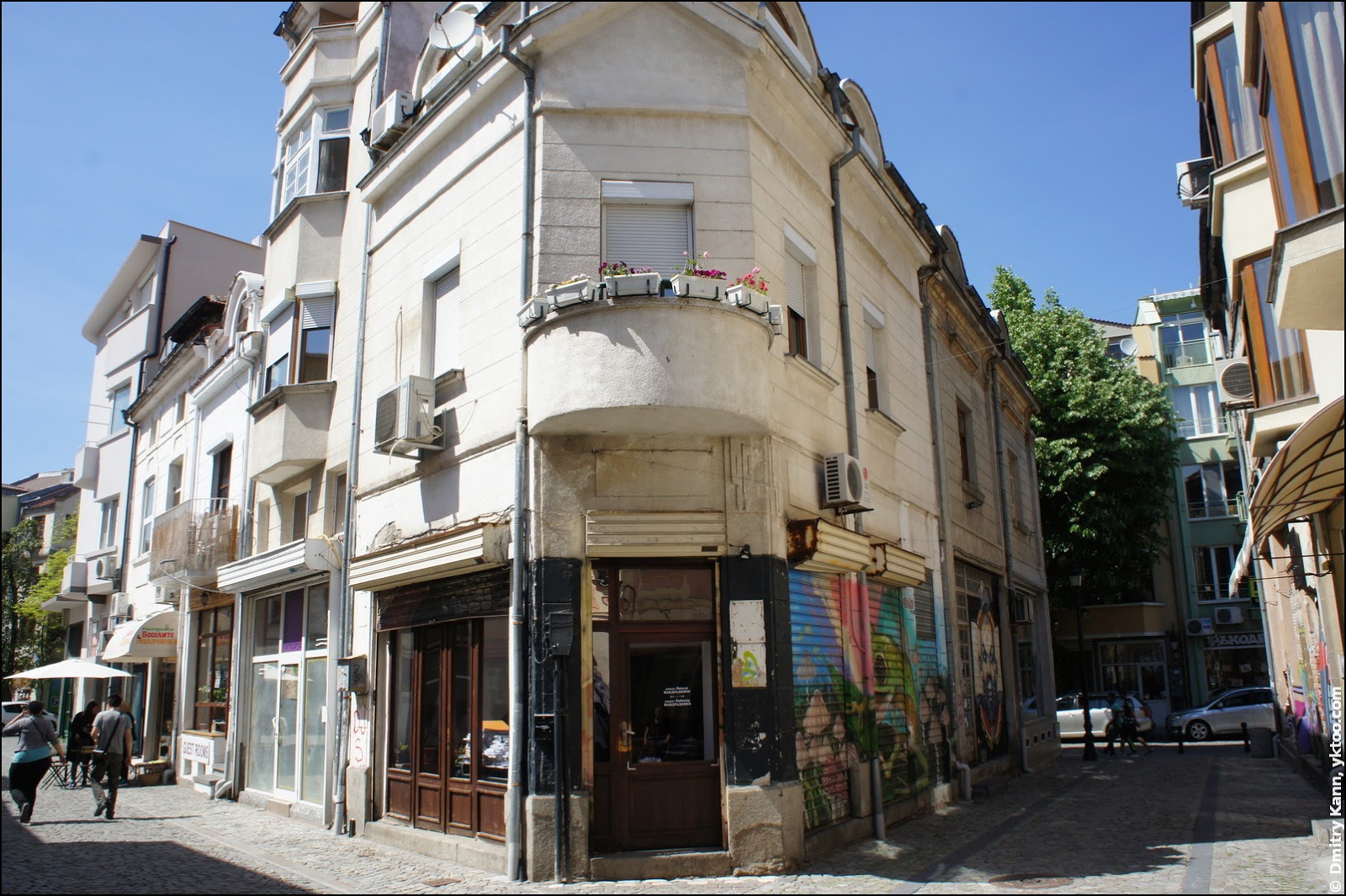
The exteriors are beautiful, but I really doubt these houses are comfortable to live in.
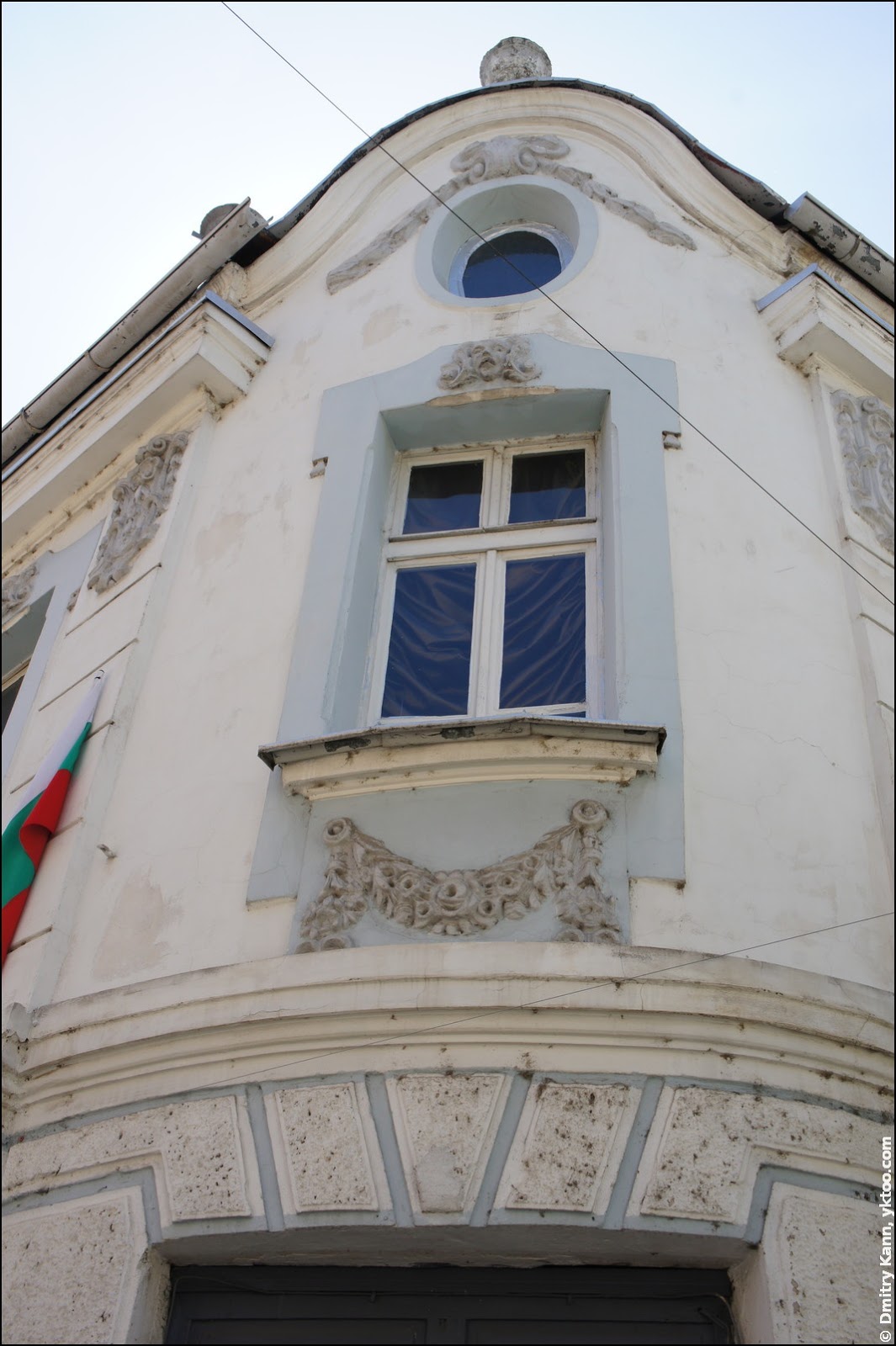
A sample of street cabinet graffiti:
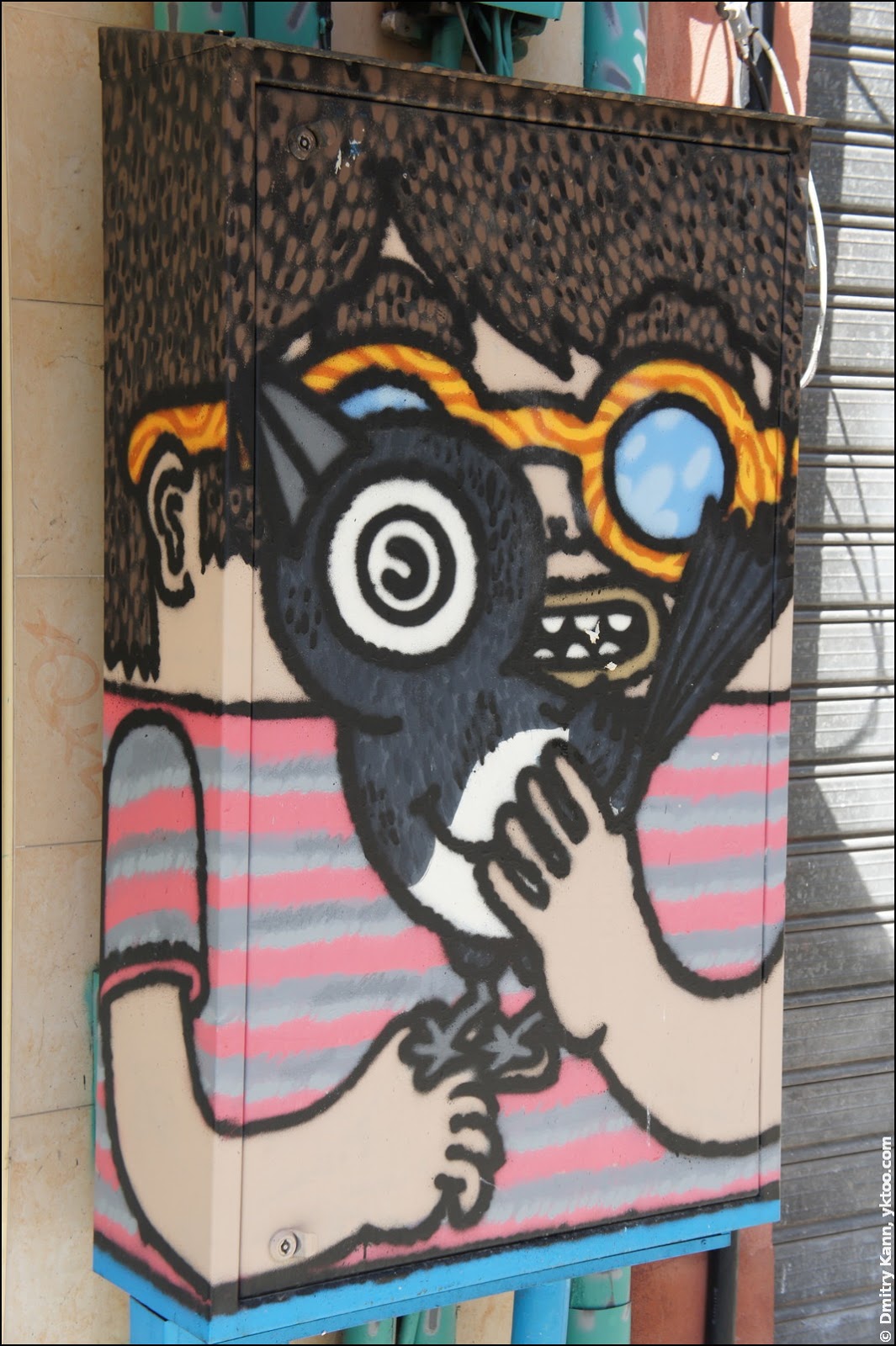
As the temperature climbed up, we started to feel like this:
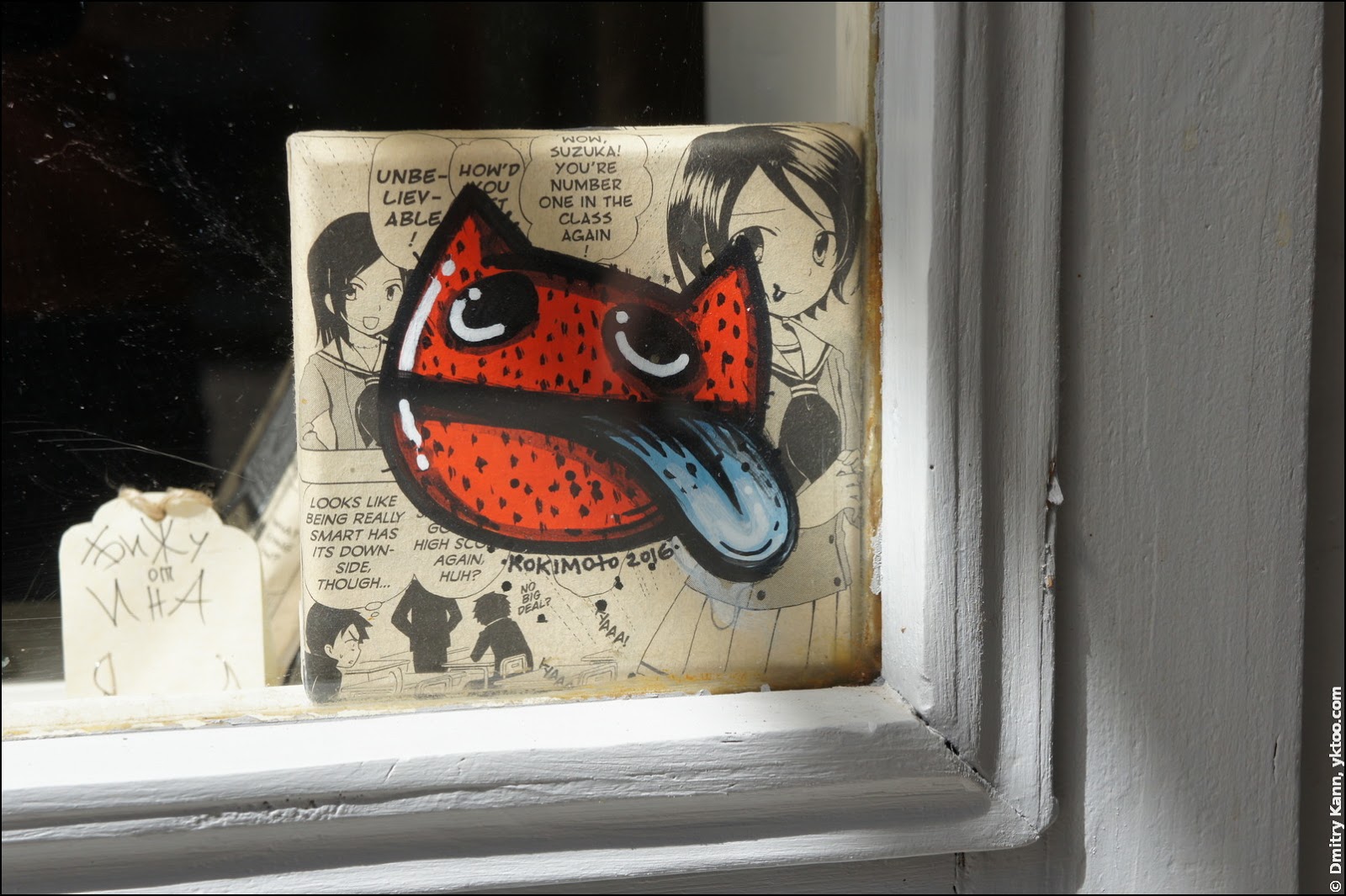
It gets even more “historical” as you move along. I wonder what it feels like to live in such houses and walk such streets:
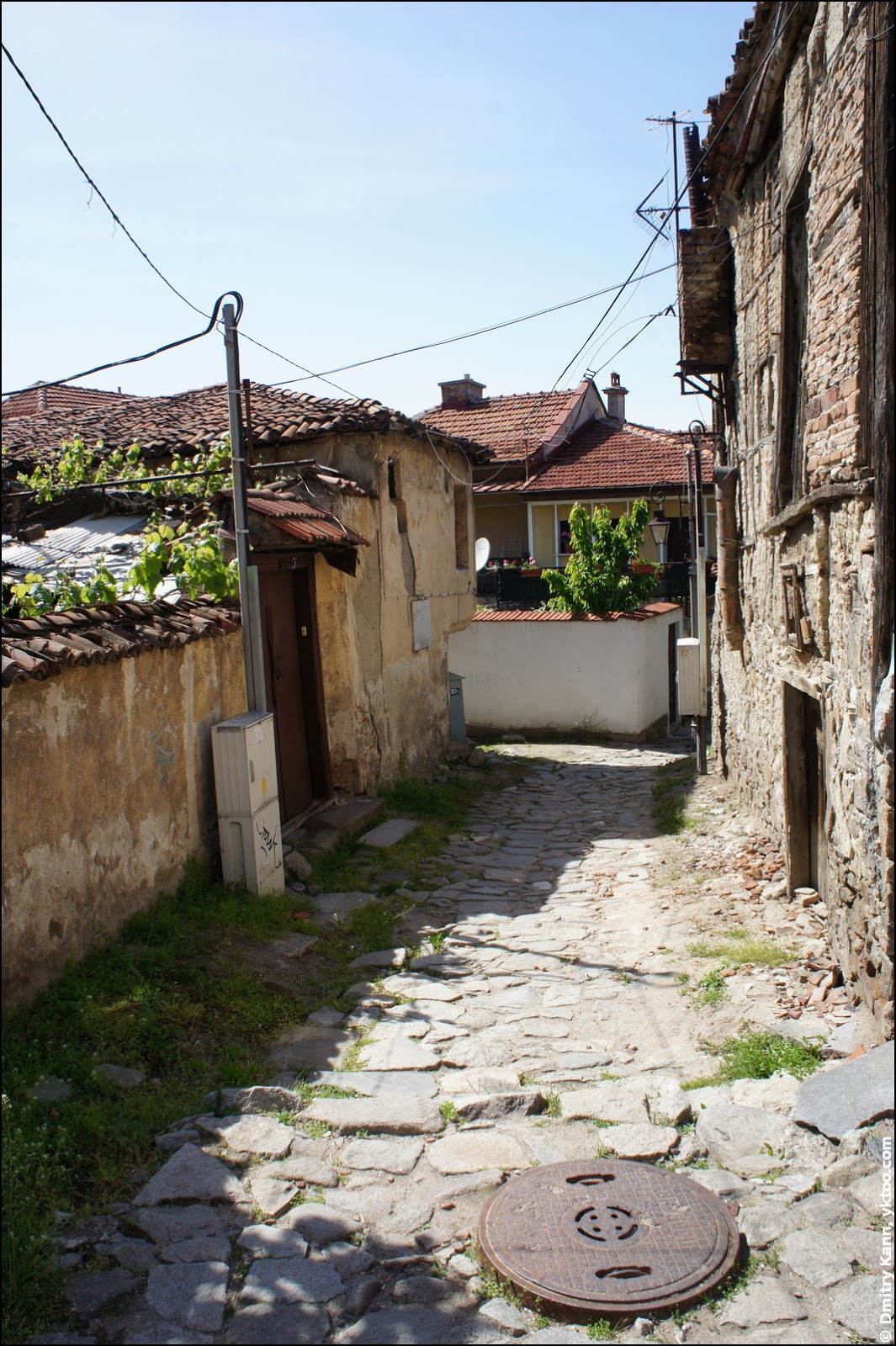
Ilia is delivering another story. He’s a good narrator, but has a totally different style than Slavyan:
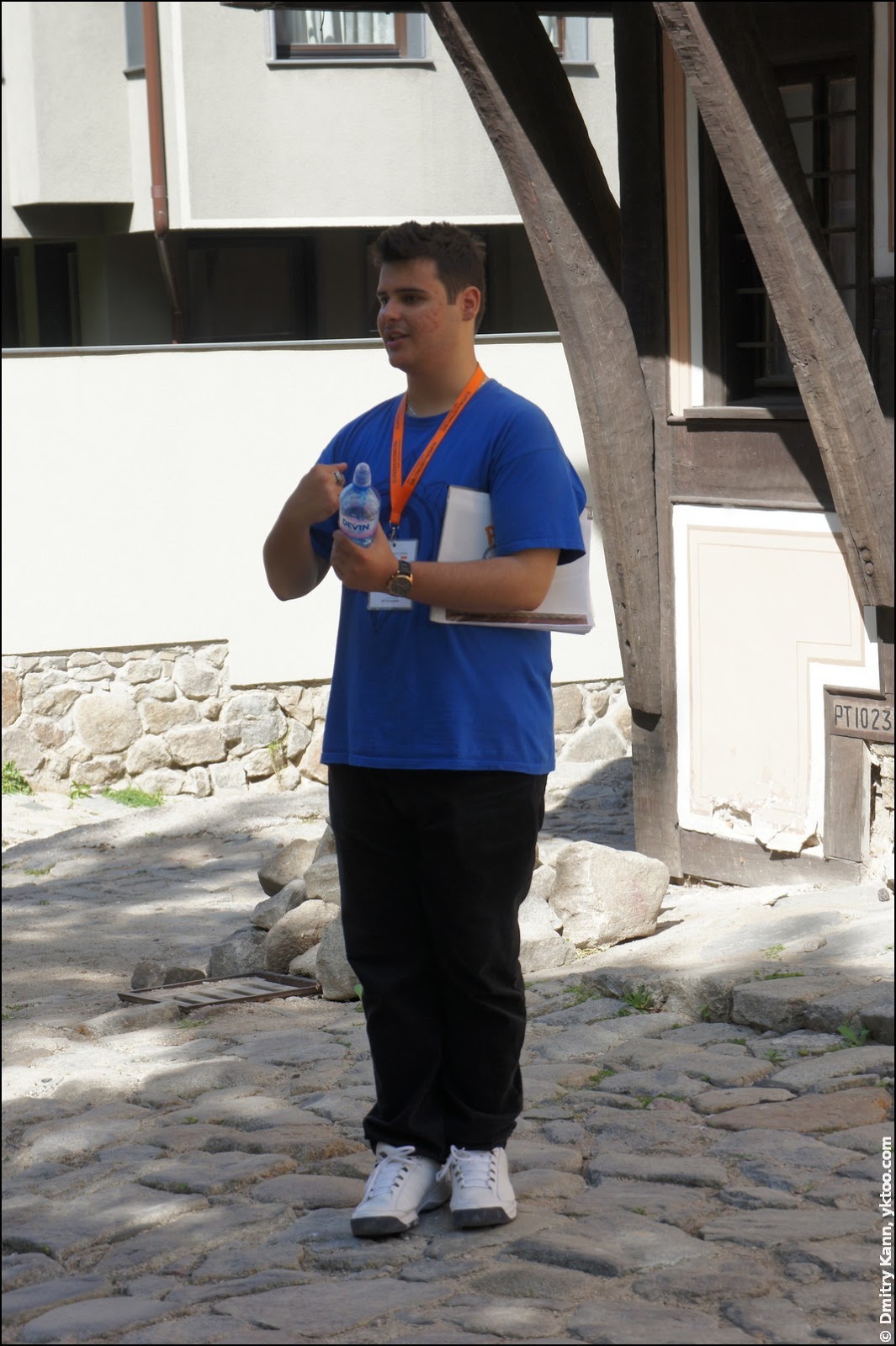
A peculiar feature of old Plovdiv architecture: upper storeys are larger than the ground ones. The main reason for this was cost-saving, because house owners were charged based on the dimensions of the basement:
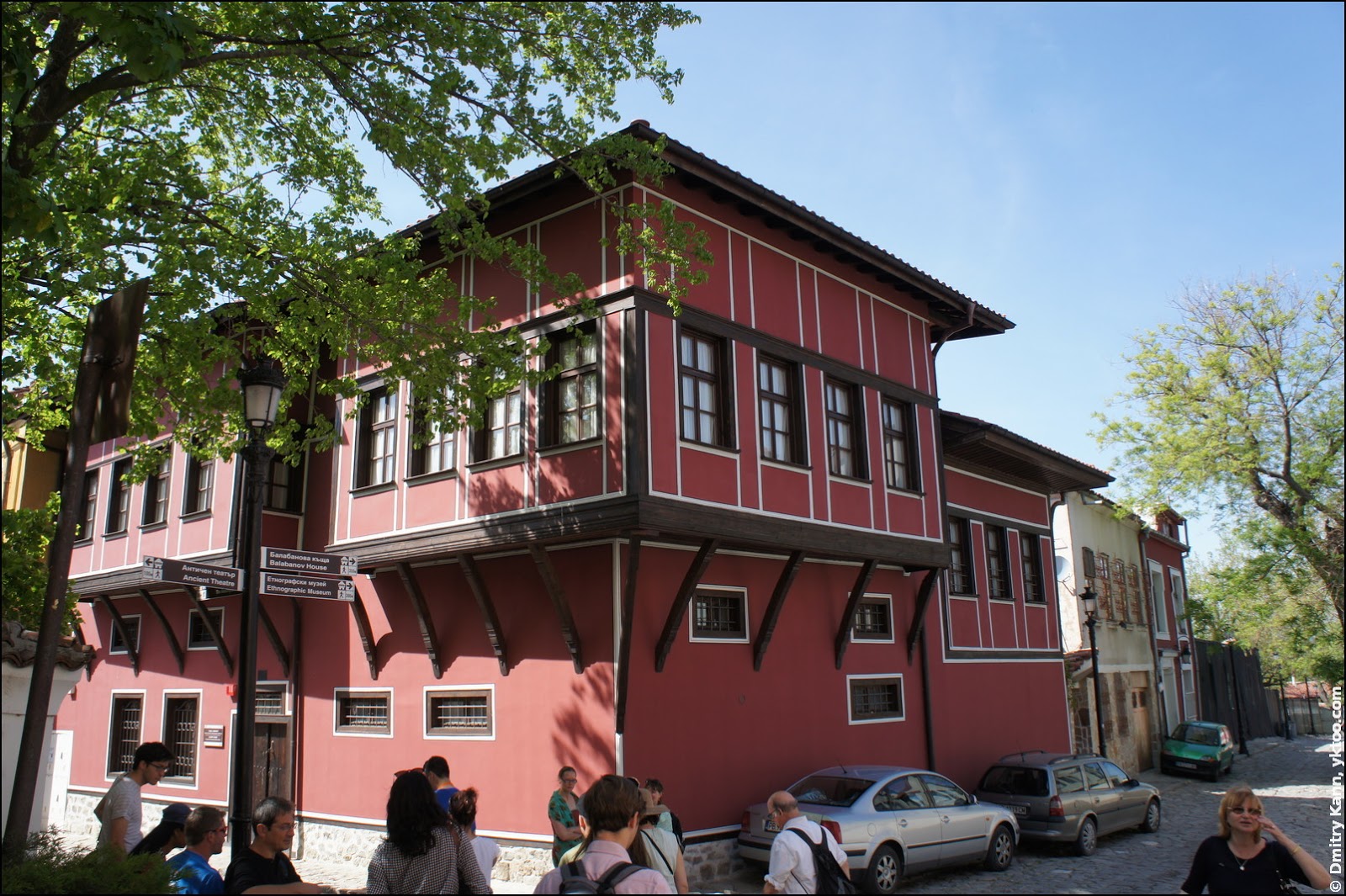
The unremarkable house below has hosted the famous French poet Alphonse de Lamartine for three days back in 1833, which is noted on a memorial plate on its facade. This was also the reason the house was visited in 1989 by François Mitterrand, then the French President—which there’s another memorial plate about:
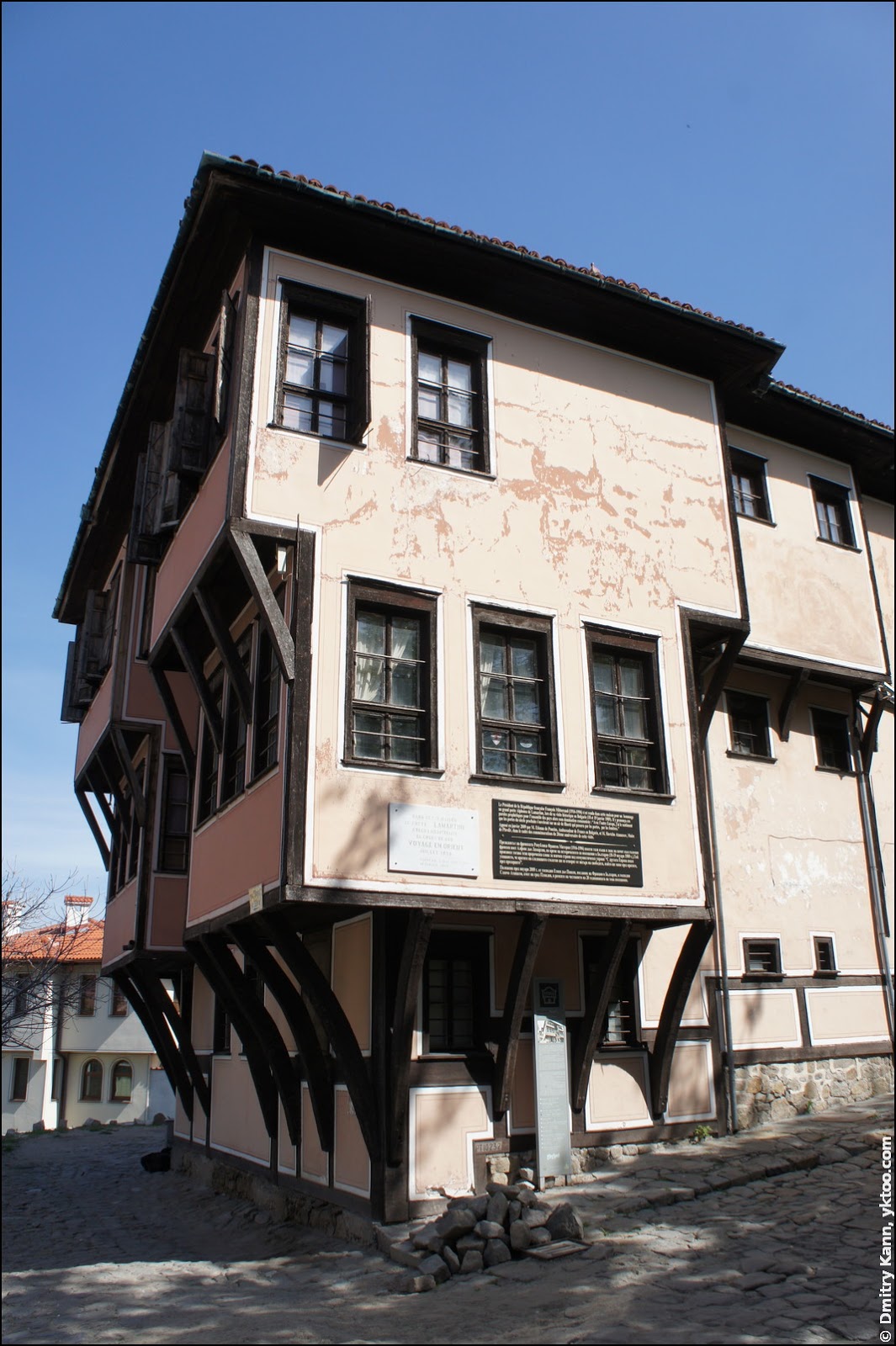
A large part of the history of Plovdiv is linked to the communist period of Bulgaria, which the population is nowadays hardly fond of.
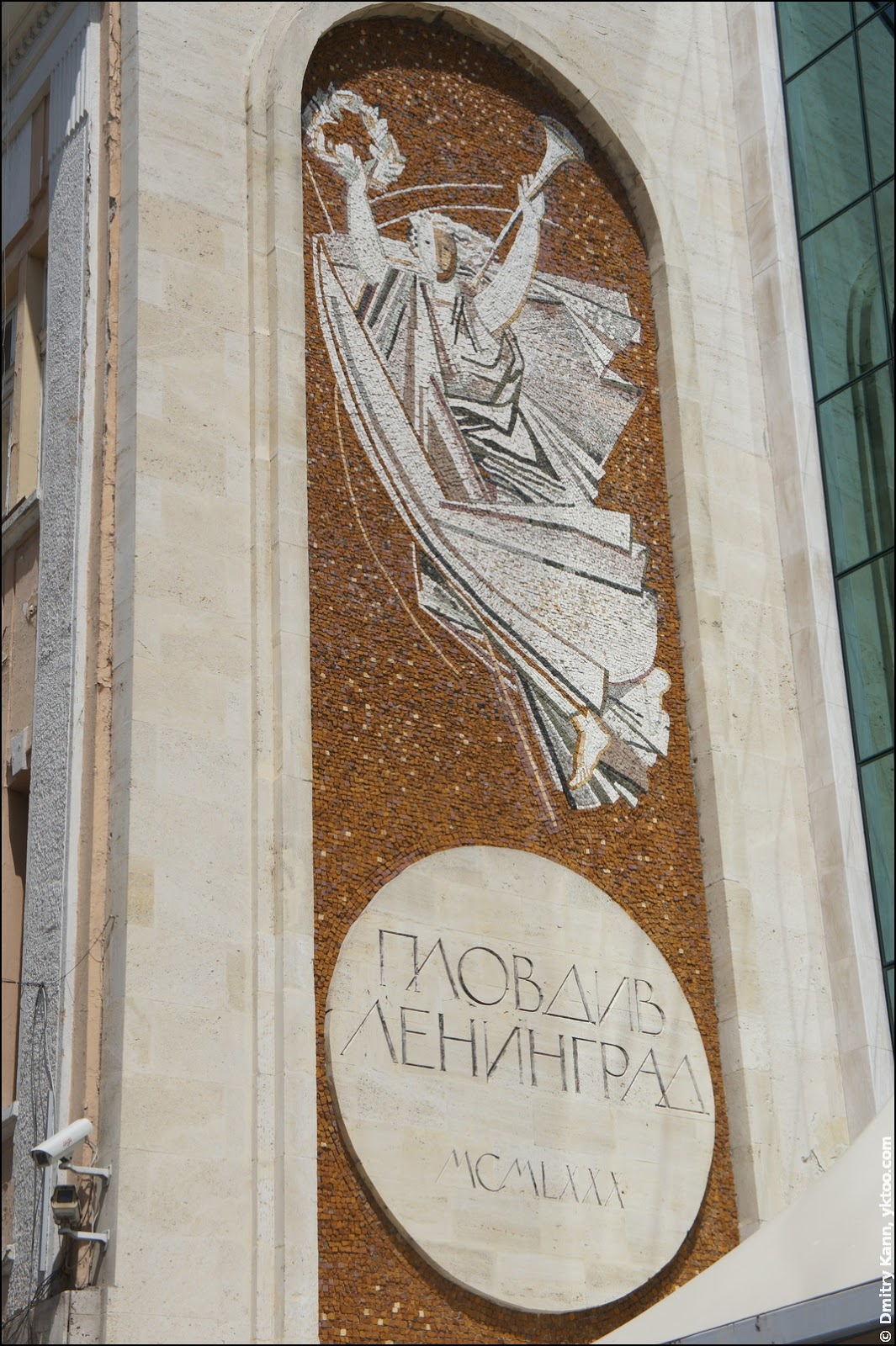
Here’s a monument to one of the victims of those years, the jazz musician Alexander Nikolov nicknamed Сашо Сладура (which can be translated as “Sweet Alex”). He was known because of his derision of communists and the regime, and he has paid a heavy price for it. He was sent to a work camp in 1961, where he was humiliated and killed shortly after:
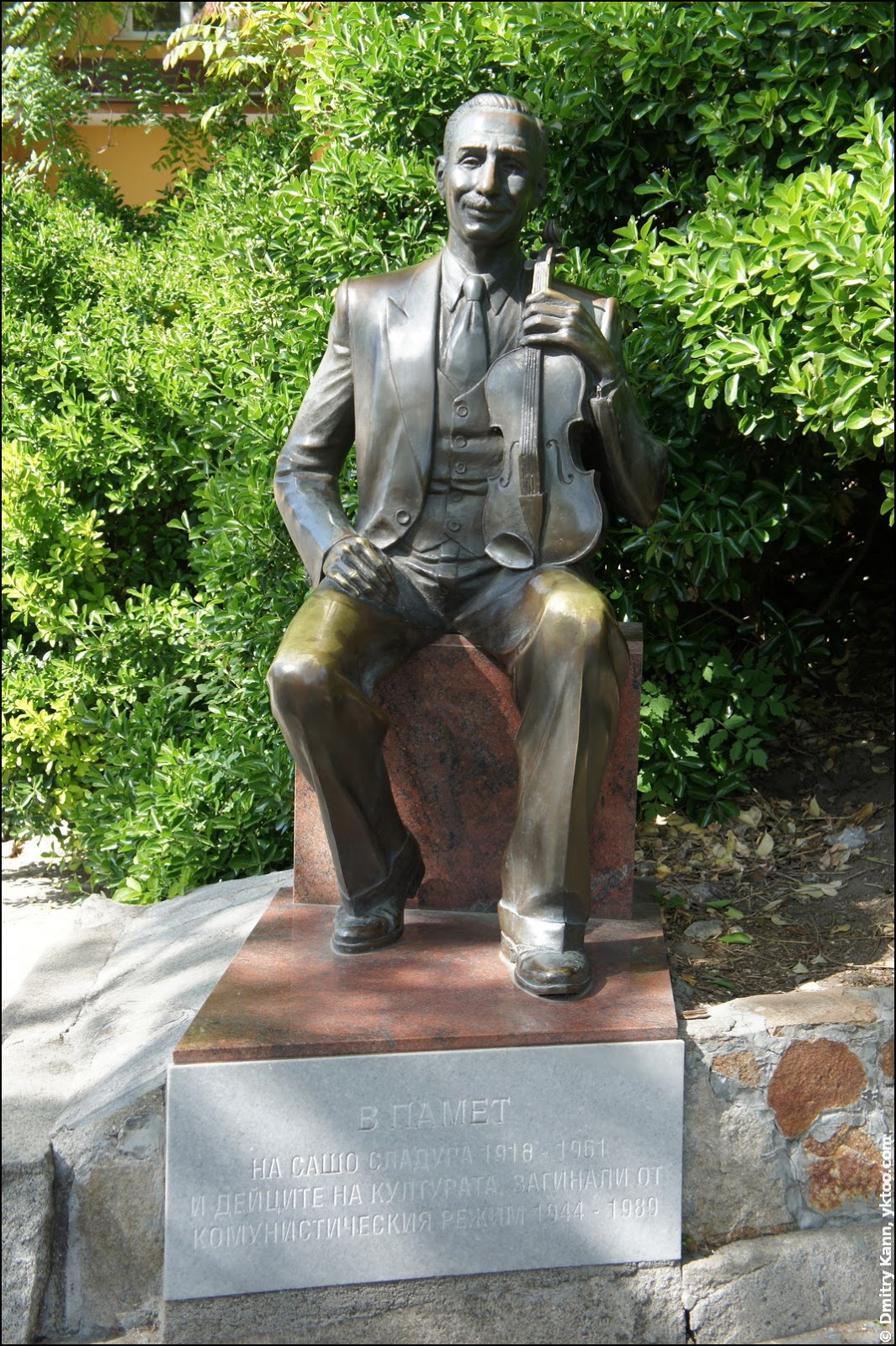
Ilia also told us that the years immediately after the communist regime collapsed have seen a sharp rise of street crime. Back then it was not so uncommon that someone got shot down on the street in broad daylight. Luckily these days are over and it’s quite safe there now. Although you still need to be wary of pickpockets.
The Orthodox St Nicholas Church built in 1835:
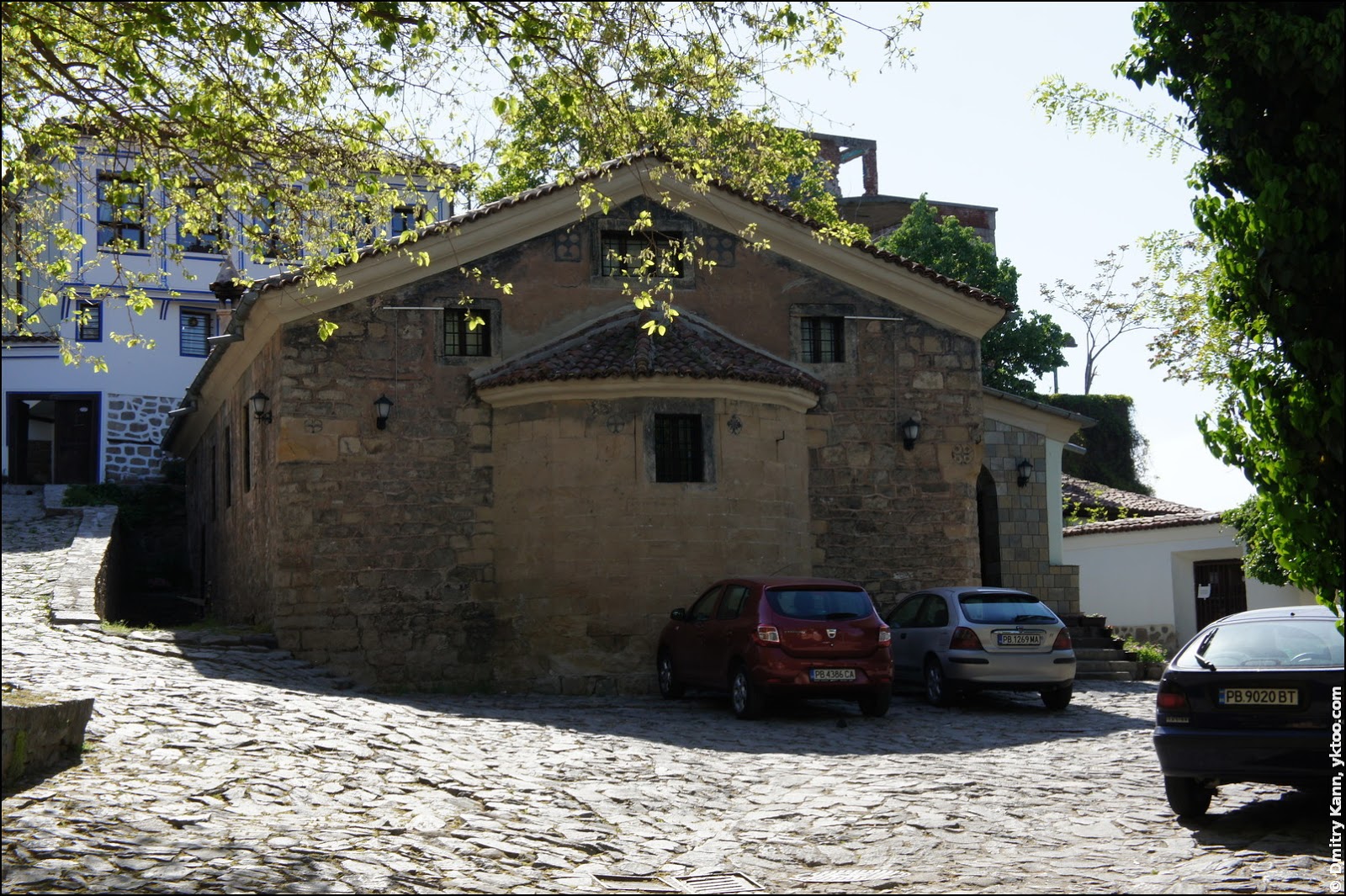

After that we came to the two thousand year old Plovdiv Roman Theatre built in the Roman Empire era.
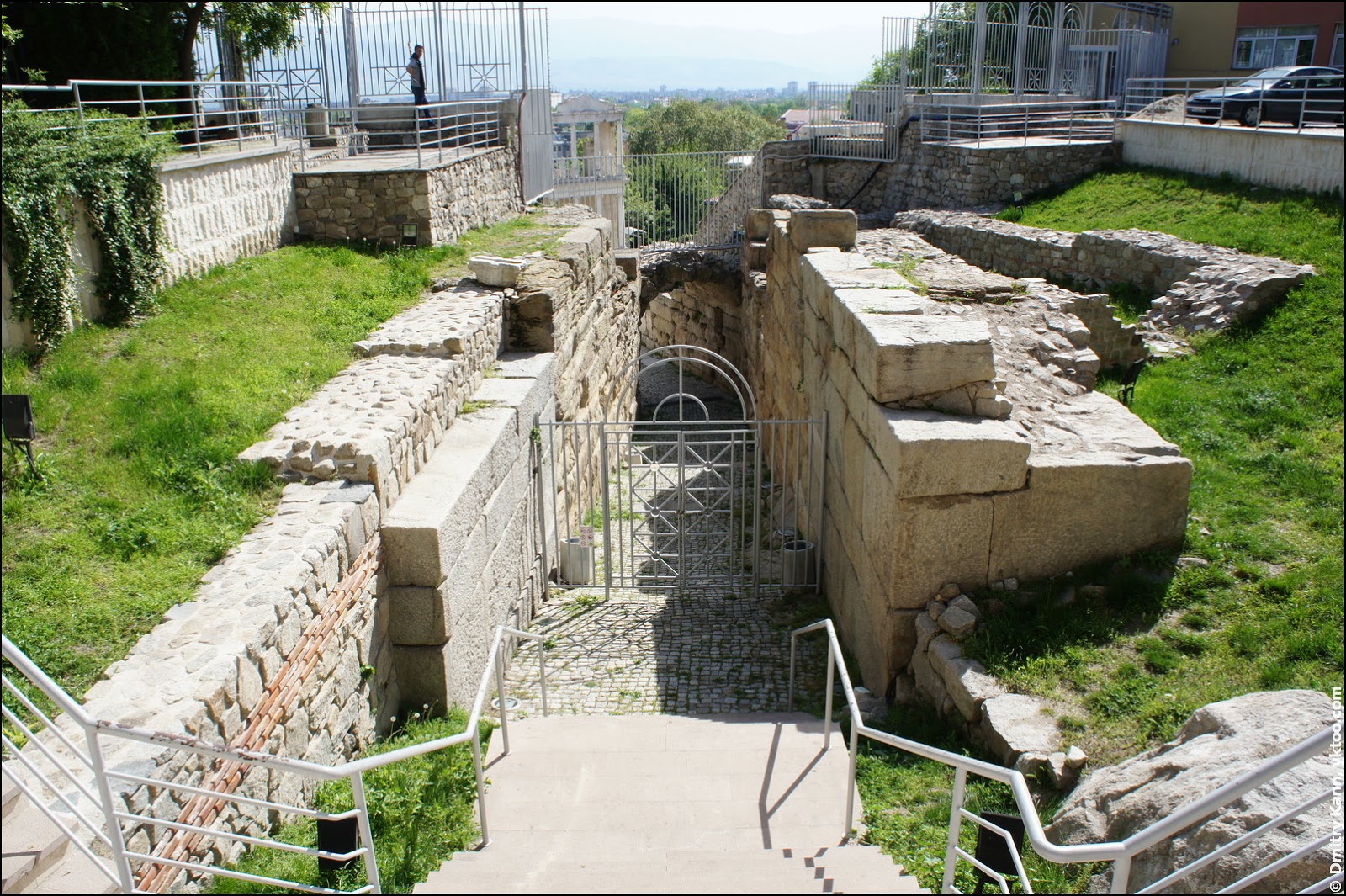
It’s amazing that such an ancient construction has been preserved underground, and that it’s been successfully dug out in 1970’s.
The theatre is a semi-circle with an outer diameter of eighty metres, it can accommodate five to seven thousand spectators, and it’s still being used! There’s also a motorway right beneath it—you can see it on the photo below:
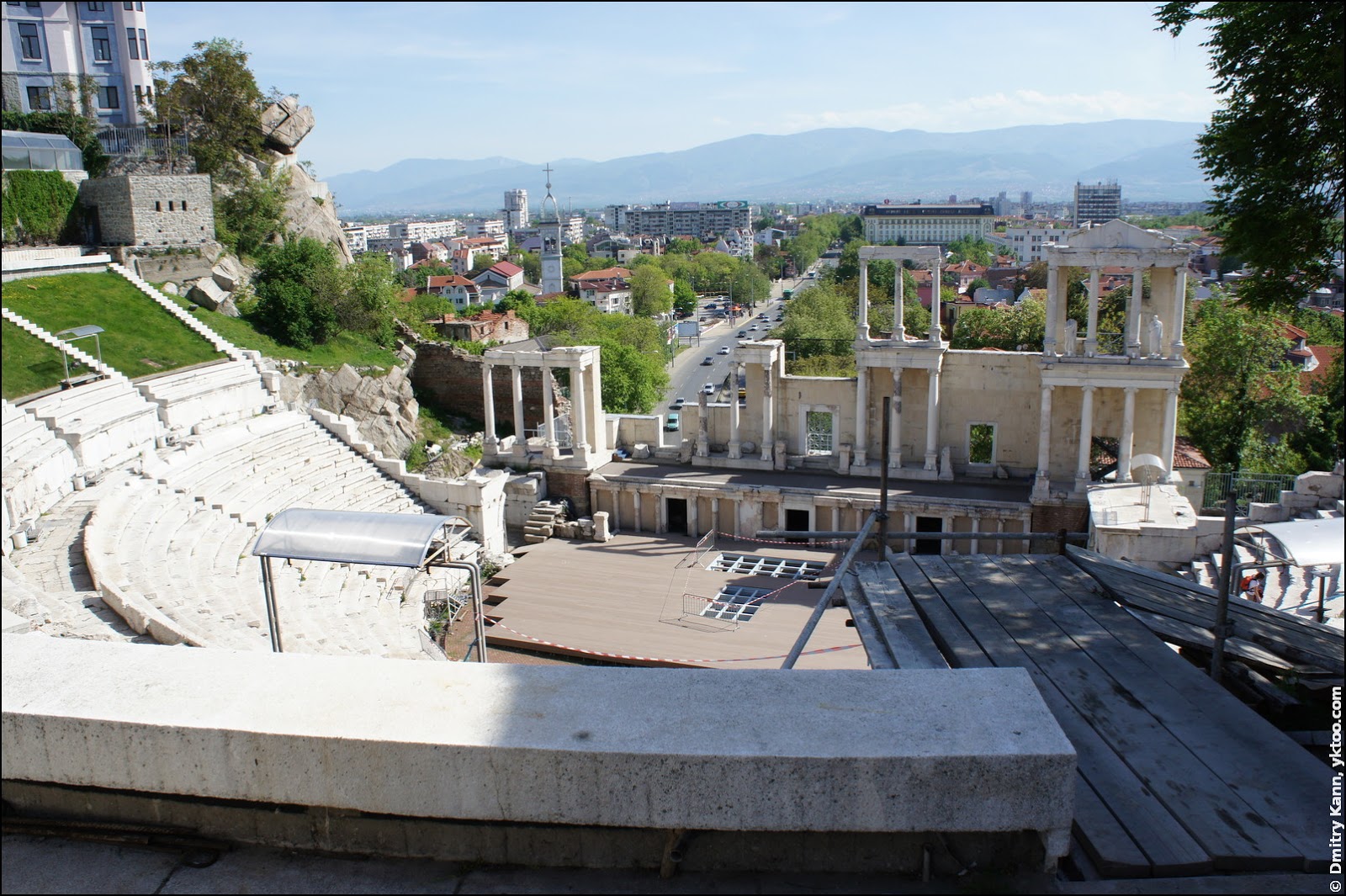
This was the end of our tour, so we turned back to the bus station to return to Sofia.
A crazy fact: bus lines departing from the Plovdiv Bus Station are run by a dozen different companies, each of them having a separate ticket counter. So, for example, tickets to Sofia and to, say, Pazardzhik are being sold at different places.
Bottom line
That’s about all for my Bulgarian journey.
To summarise my impressions, I really liked Sofia: despite some remnants of the Soviet times it’s beautiful, pretty affordable, and has friendly people and good beer. As for Plovdiv, one or two days should suffice. But who knows, maybe by 2019 it will flourish?
I also have an idea of snowboarding in the local mountains.
It’s time to go back to Amsterdam!
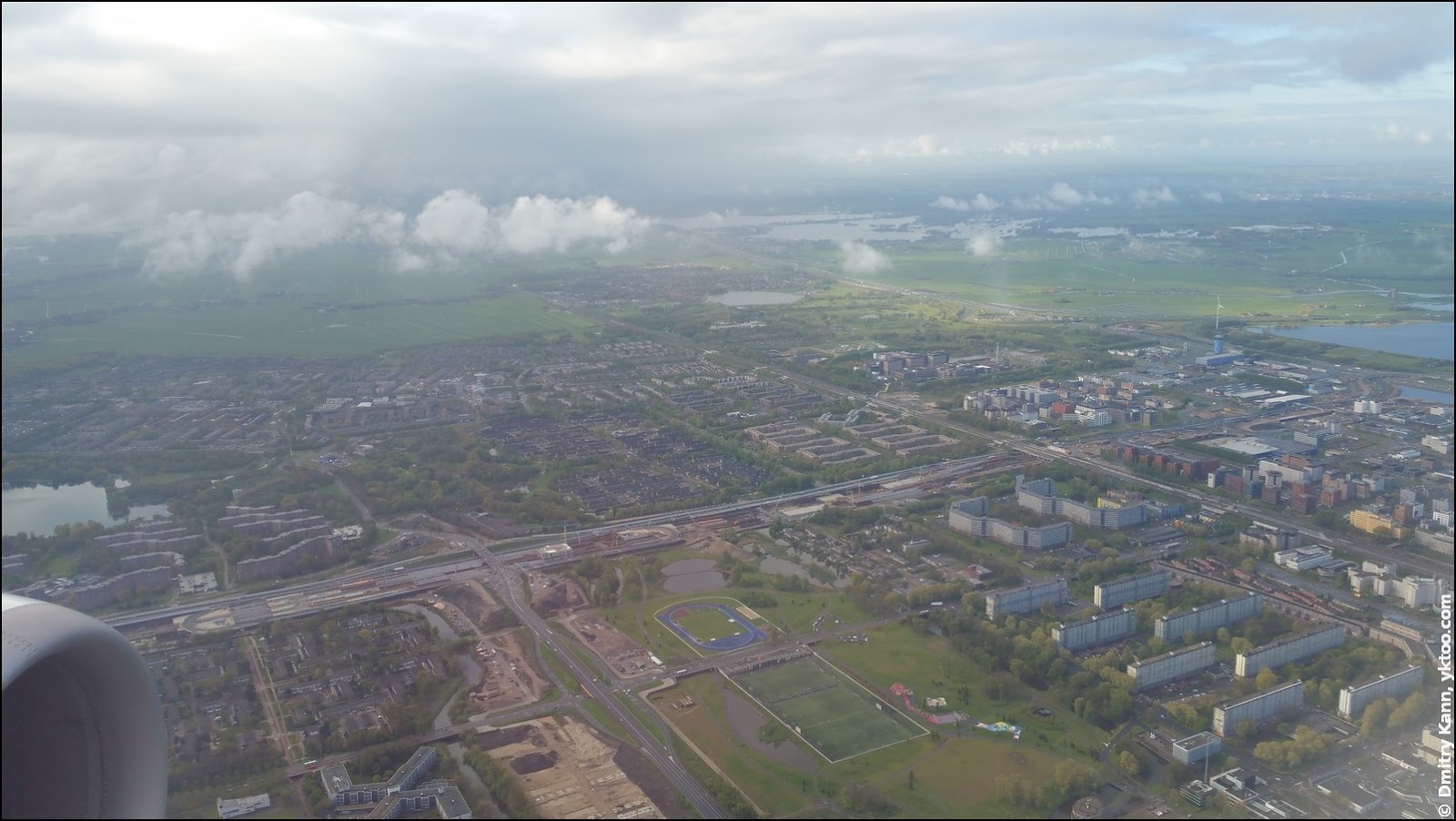
 — world’s fastest URL shortener
— world’s fastest URL shortener
Comments